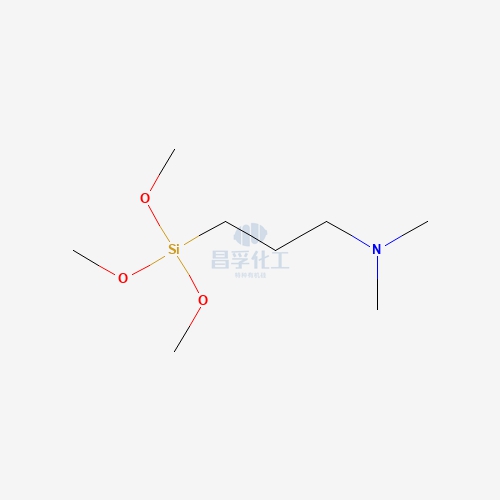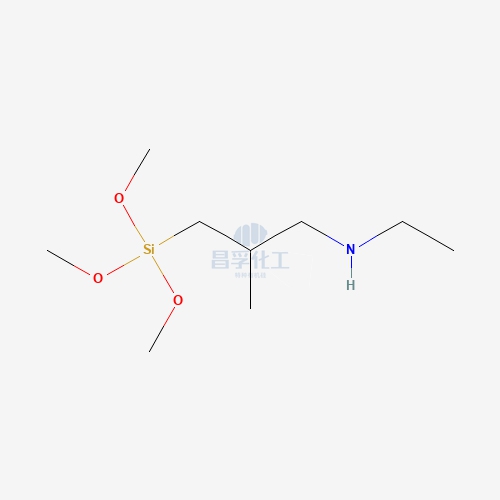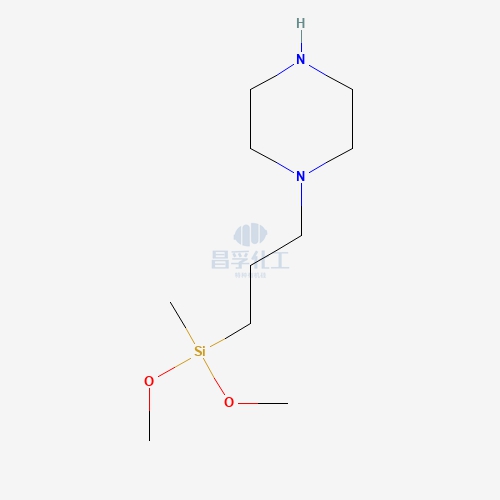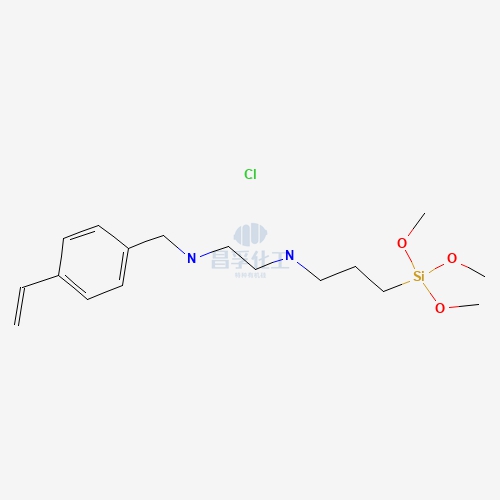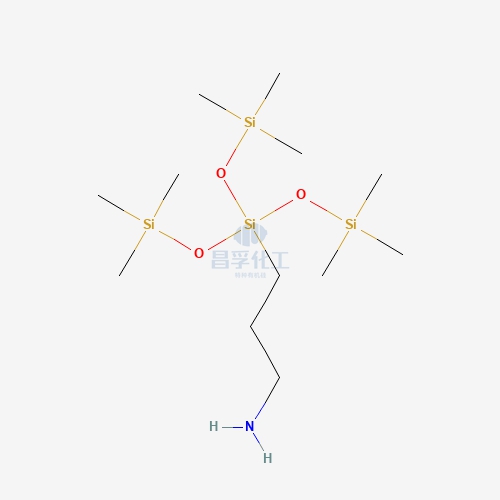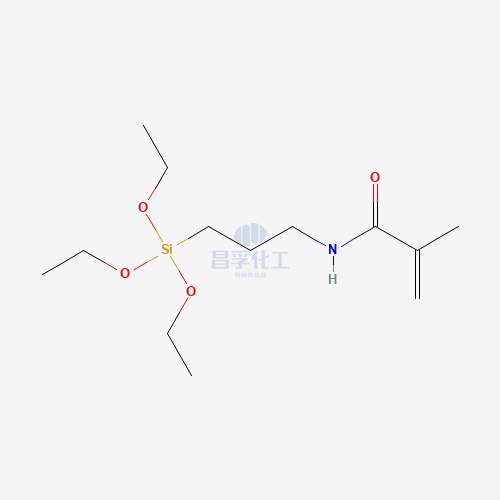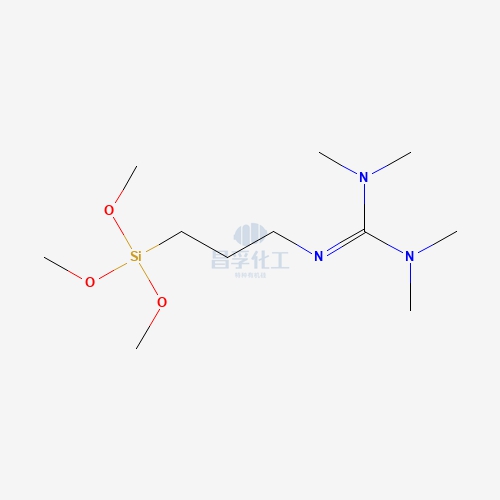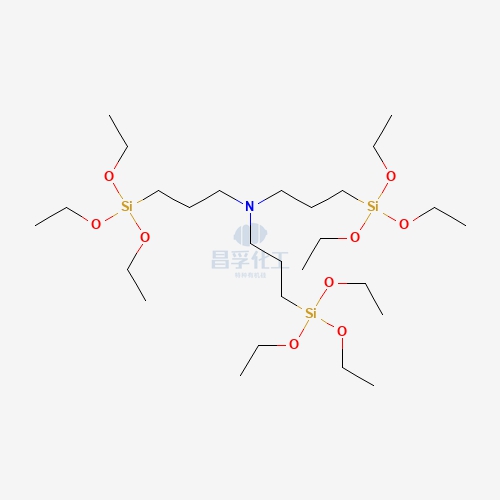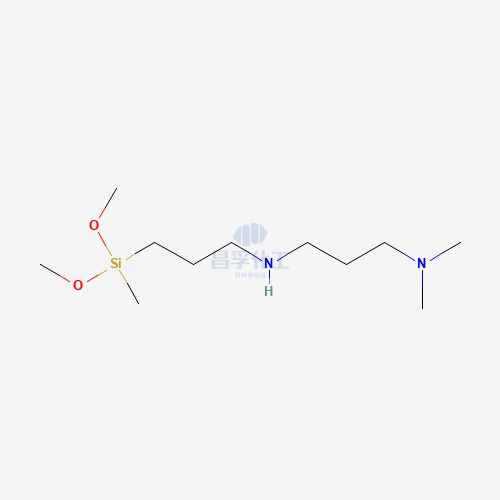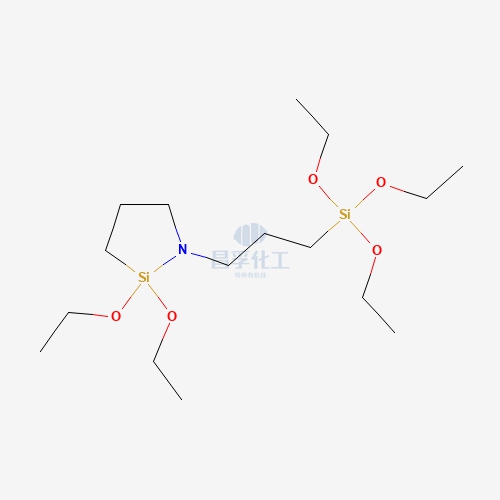
Contact Changfu Chemical Now!
+86 27 8439 6550 | +86 181 6277 0058
What is Silicone Silastic? Exploring Its Uses and Benefits in Manufacturing
Silicone silastic, a highly versatile and durable silicone rubber, has emerged as a cornerstone material in modern manufacturing. Known for its elasticity, resilience, and ability to maintain performance under extreme conditions, silicone silastic is now widely used across a variety of industries, including automotive, electronics, and healthcare. This article delves into the characteristics, applications, and benefits of silicone silastic, offering insight into why this material is becoming indispensable to manufacturers worldwide.
Defining Silicone Silastic: Composition and Properties
Silicone silastic is a unique elastomer made from a combination of organic and inorganic compounds. Its molecular structure imparts properties that are difficult to achieve with other materials. Silicone silastic exhibits a rare balance of flexibility, thermal stability, and chemical resistance, making it ideal for demanding industrial applications.
Key Properties of Silicone Silastic
- Thermal Resistance: Withstanding temperatures ranging from -60°C to 200°C, silicone silastic remains flexible and functional under extreme heat and cold. This resistance ensures performance in environments where conventional materials would fail.
- Chemical Inertness: Silicone silastic shows resistance to various chemicals, oils, and solvents, reducing degradation in harsh operating conditions.
- UV and Ozone Resistance: Its ability to resist environmental damage caused by UV rays and ozone exposure makes it a reliable material for outdoor applications.
- Electrical Insulation: Due to its excellent dielectric properties, silicone silastic is often used in electrical components and insulation materials.
- Flexibility and Durability: Unlike many rigid polymers, silicone silastic retains its flexibility and resilience, even after prolonged exposure to mechanical stress.
Key Applications of Silicone Silastic in Industry
The unique properties of silicone silastic have led to its widespread adoption across multiple industries:
Automotive Industry
Silicone silastic is utilized in seals, gaskets, hoses, and engine components that must endure high temperatures, pressure, and exposure to chemicals. Its longevity reduces maintenance requirements and downtime.
Medical Devices
Its biocompatibility and flexibility make silicone silastic the material of choice for implants, catheters, and tubing used in medical procedures. Additionally, its non-reactive nature ensures patient safety.
Electronics
In electronics, silicone silastic is frequently used as an insulating material for cables, connectors, and circuitry. Its thermal stability prevents overheating, ensuring reliable operation.
Aerospace
Components used in aerospace engineering must endure extreme temperatures and mechanical stress. Silicone silastic is ideal for high-altitude, high-speed environments due to its unparalleled thermal resistance and durability.
Construction
In construction, silicone silastic is found in sealants, adhesives, and waterproof coatings that can withstand exposure to sunlight, rain, and temperature fluctuations.
Benefits of Silicone Silastic in Manufacturing
Manufacturers prioritize silicone silastic for its ability to enhance product performance and longevity. Key benefits include:
- Extended Product Lifespan: Silicone silastic components are known for their durability, which reduces the frequency of replacements and repairs, lowering long-term costs.
- High Performance in Harsh Conditions: Whether exposed to extreme heat, chemicals, or weather conditions, silicone silastic maintains its mechanical and structural integrity.
- Biocompatibility: In medical and food-grade applications, silicone silastic’s non-toxic and non-reactive nature makes it safe for use in environments where human contact or ingestion is a concern.
- Customization: Silicone silastic can be formulated and processed to meet specific requirements, from varying hardness levels to enhanced resistance to specific chemicals or temperatures.
- Sustainability: The material’s resistance to degradation and its inert nature means silicone silastic products contribute to less waste, as they do not require frequent replacement.
Epoxy Silane for Enhanced Adhesion
In certain applications, silicone silastic may require enhanced adhesion properties. This is where the epoxy silane adhesion promoter comes into play. Epoxy silane compounds, like those used in various adhesive formulations, provide excellent adhesion between inorganic surfaces and organic materials, improving bonding strength and durability.
Frequently Asked Questions (FAQs)
1. What sets silicone silastic apart from regular silicone rubber?
Silicone silastic differs from regular silicone rubber in terms of enhanced properties like thermal stability, chemical resistance, and mechanical durability. While both materials are flexible and heat-resistant, silicone silastic is specifically designed for demanding industrial applications.
2. Can silicone silastic be used in food and medical applications?
Yes, silicone silastic is often used in food-grade and medical applications due to its biocompatibility and non-toxic properties. It does not react with food, body tissues, or fluids, making it ideal for medical devices, implants, and food-contact products.
3. How is silicone silastic processed in manufacturing?
Silicone silastic can be processed through various methods, including extrusion, molding, and calendering. These processes allow manufacturers to create products in various shapes, sizes, and textures while maintaining material integrity.
4. What are the limitations of silicone silastic?
While silicone silastic excels in many areas, it has limitations in certain applications. For example, it may not perform as well under continuous exposure to strong acids or bases. Additionally, although it can handle extreme temperatures, its performance may degrade at temperatures above 200°C for prolonged periods.
5. Is silicone silastic an environmentally friendly material?
Silicone silastic is considered relatively environmentally friendly due to its long lifespan and resistance to degradation. However, like most synthetic materials, proper disposal and recycling practices should be followed to minimize environmental impact.
Popular Silicon Compounds
Popular Silicon Compounds
Related News & Blog
Related News & Blog


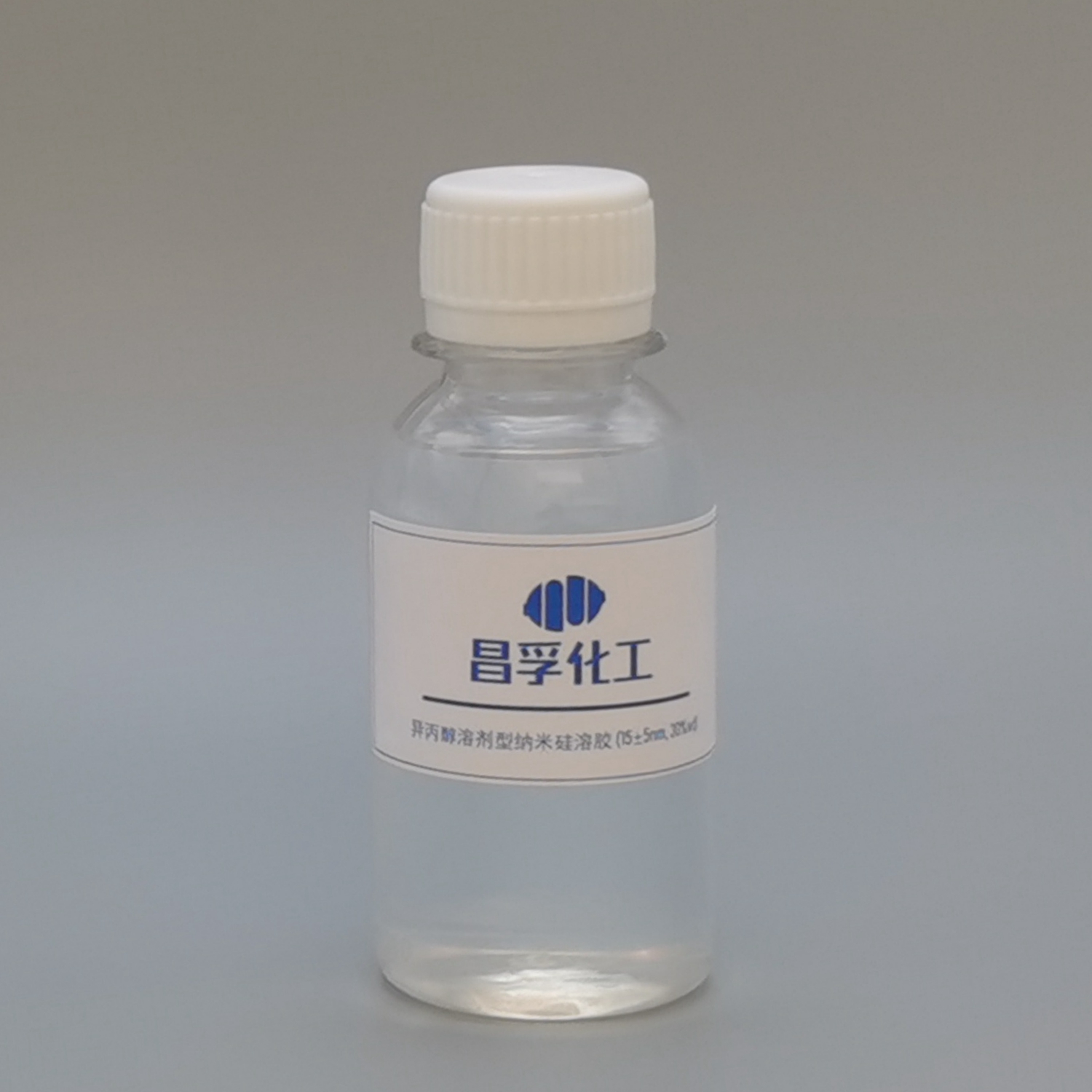
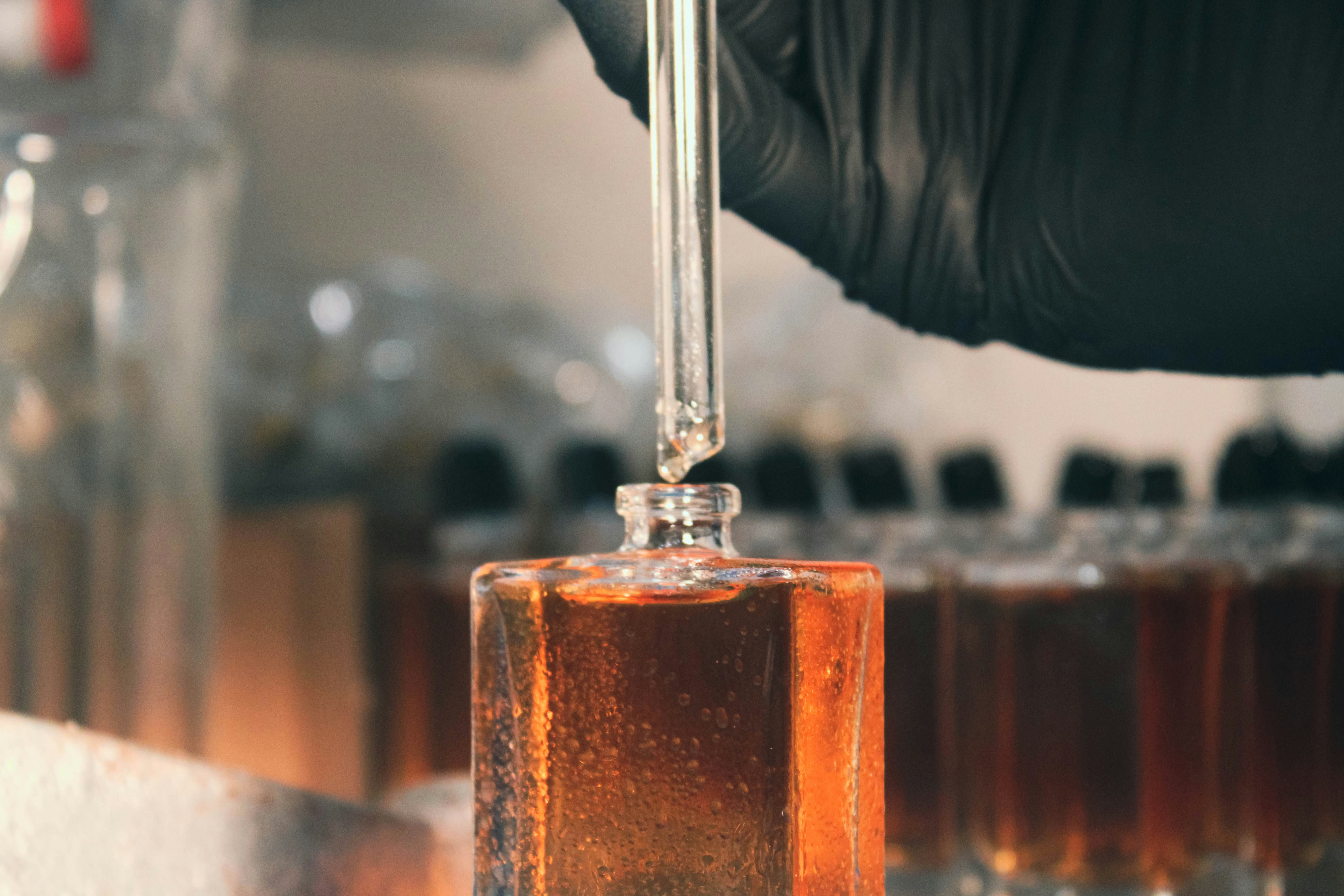
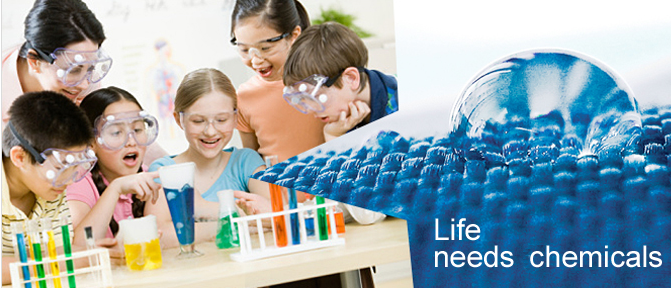
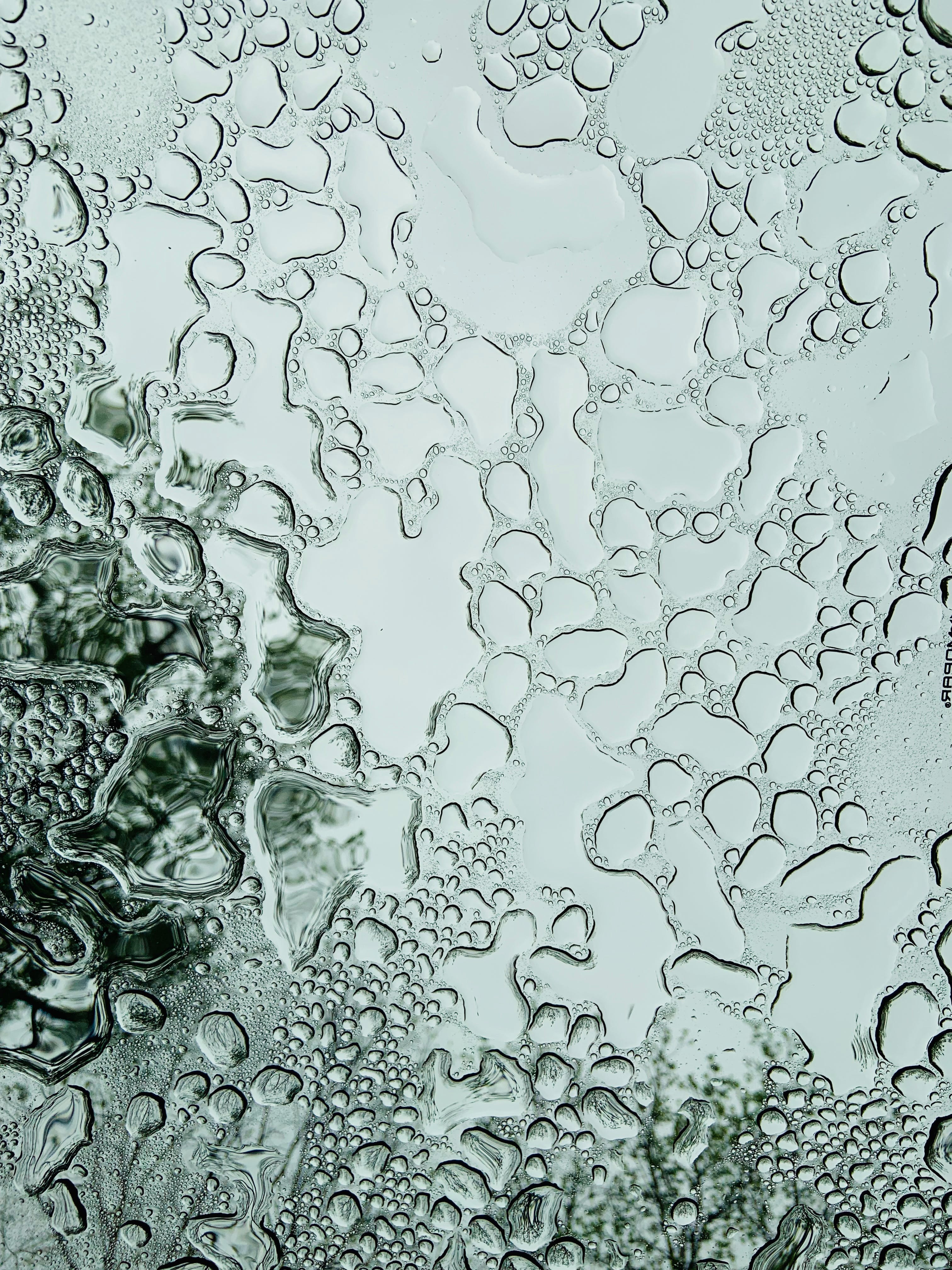
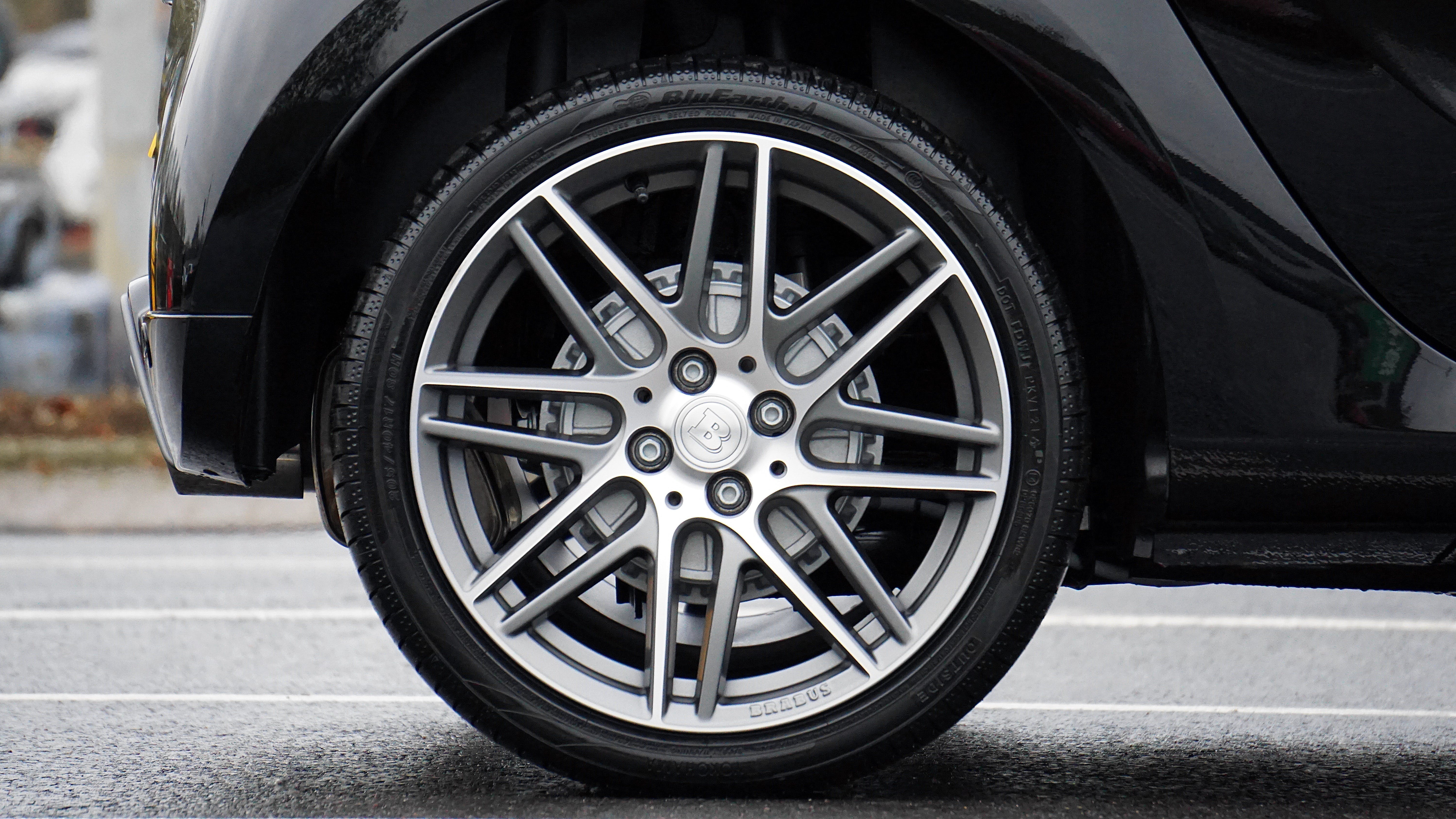

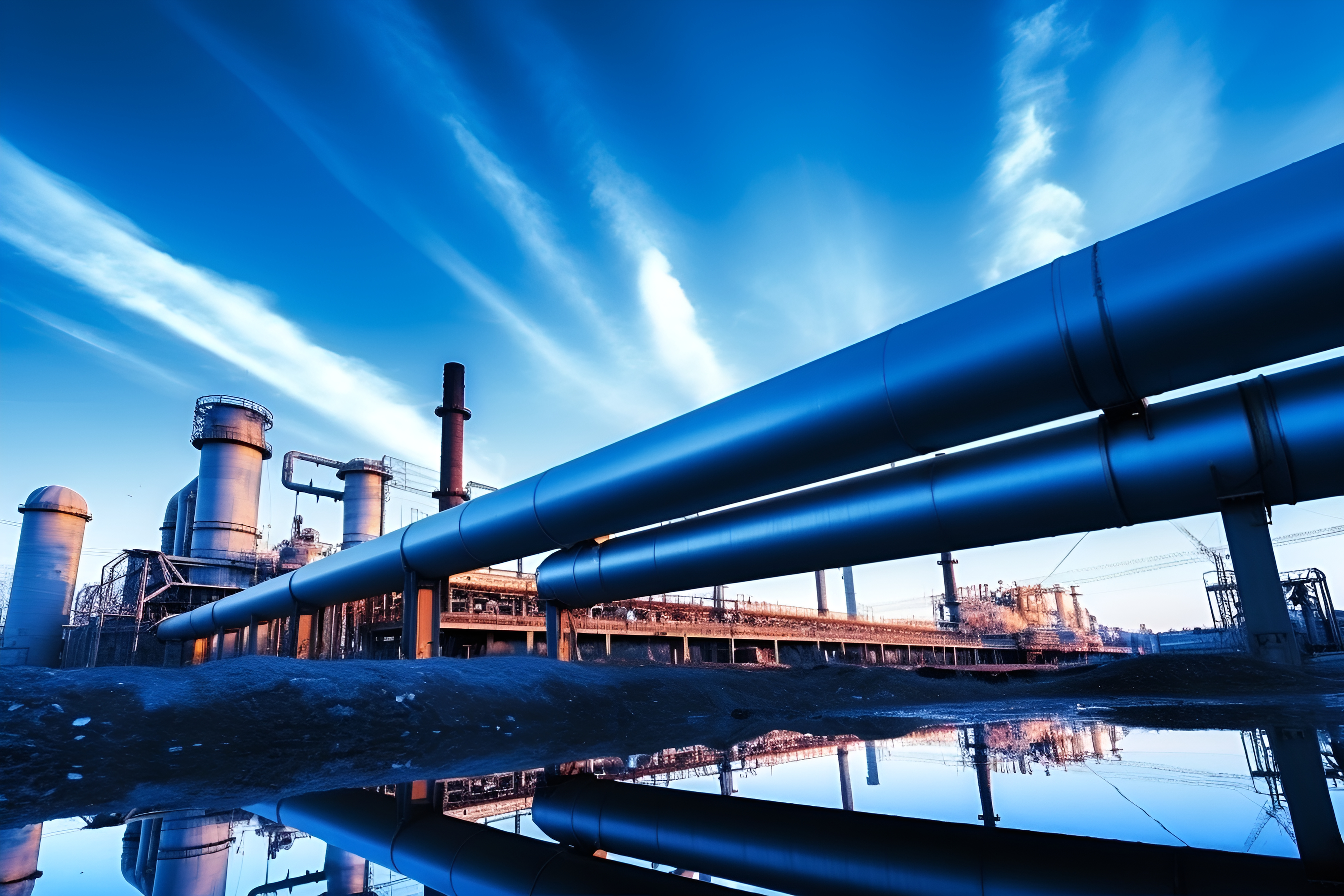


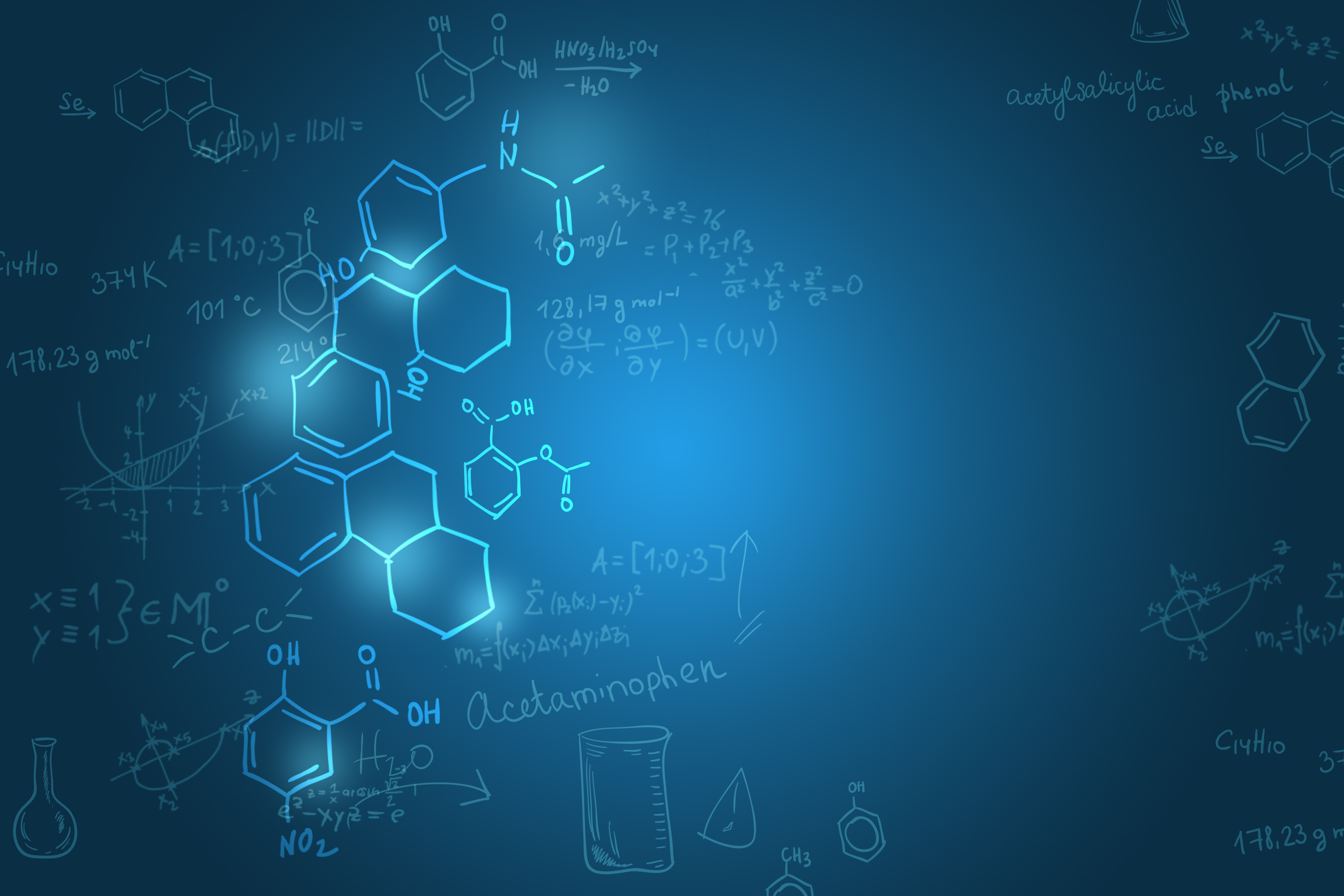
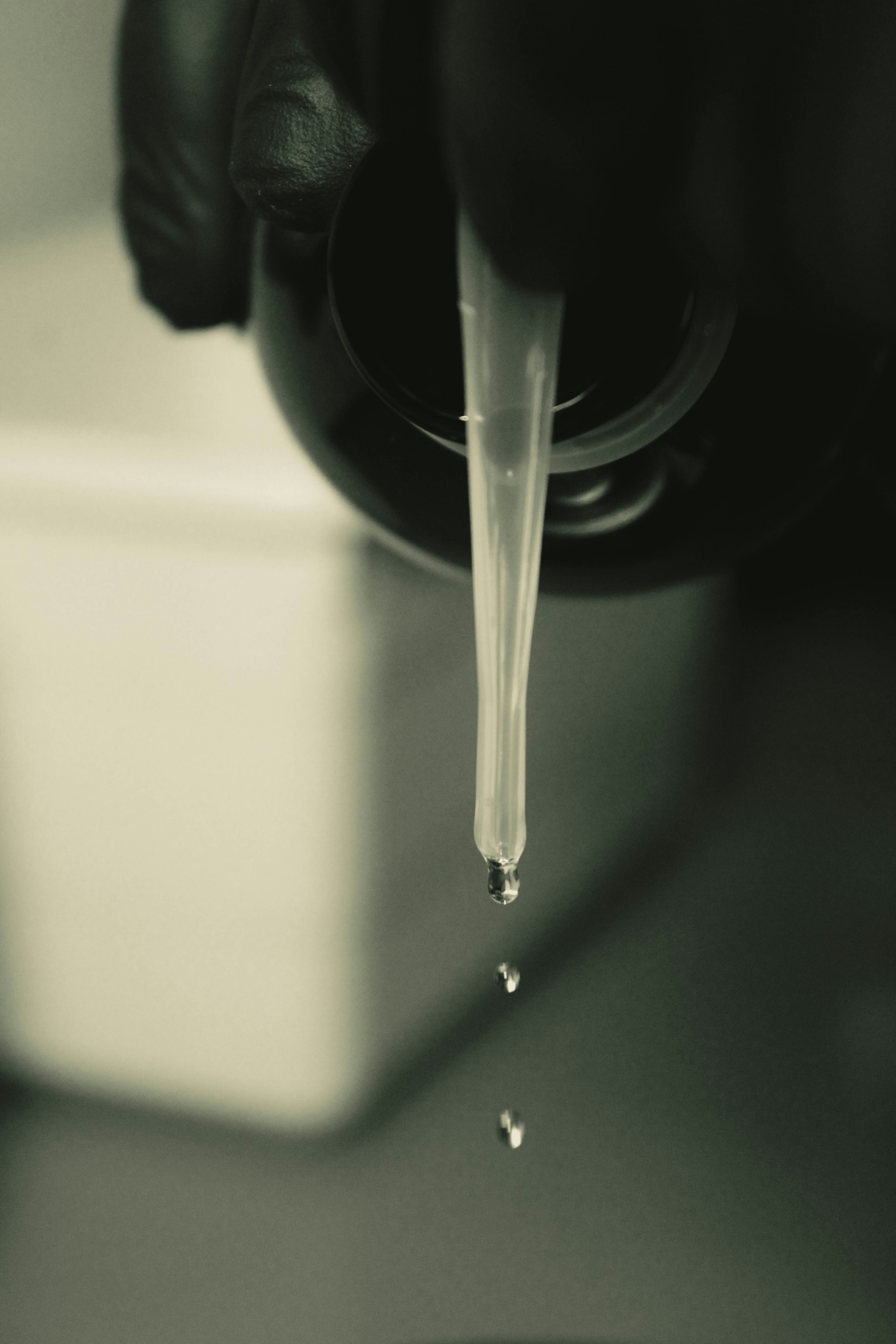
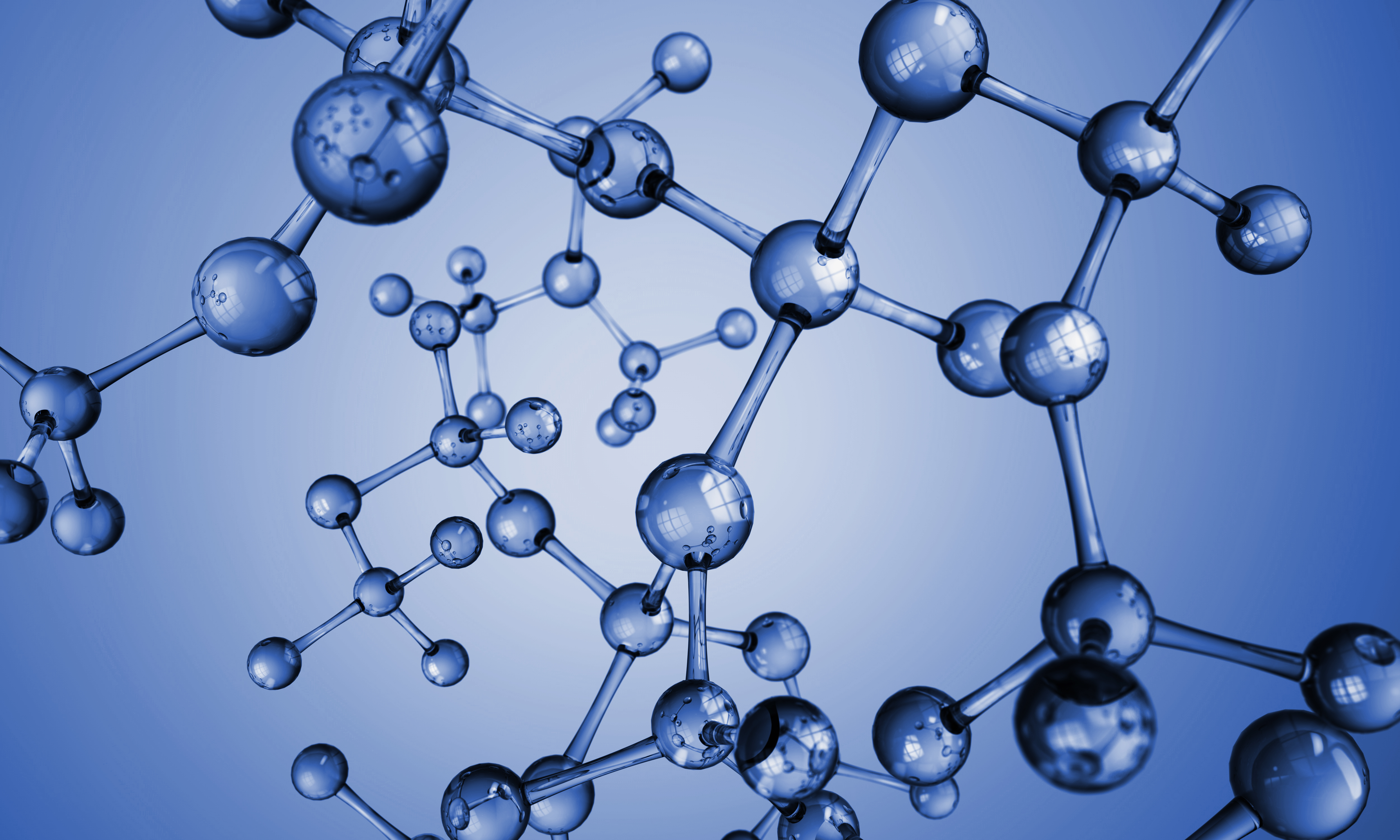










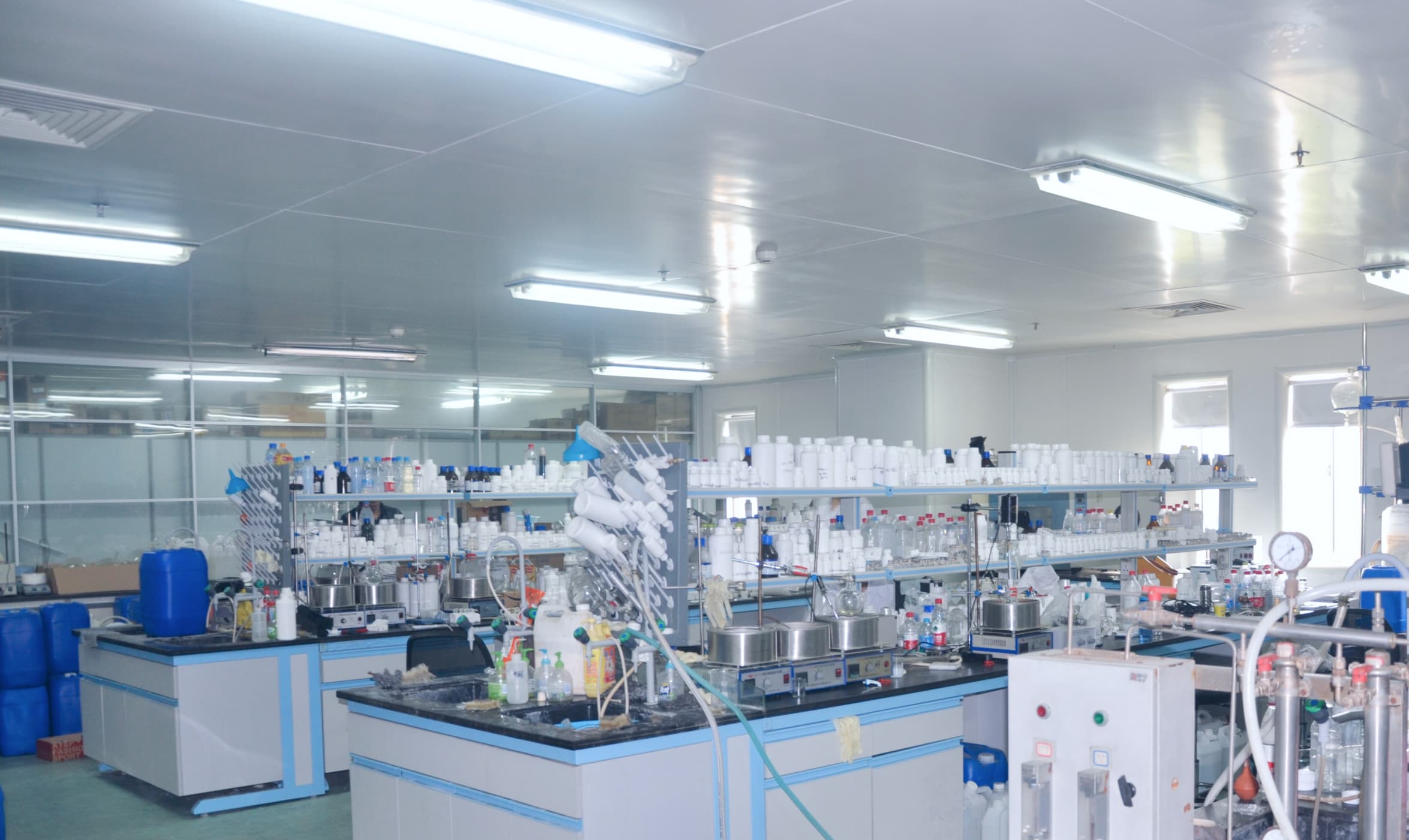


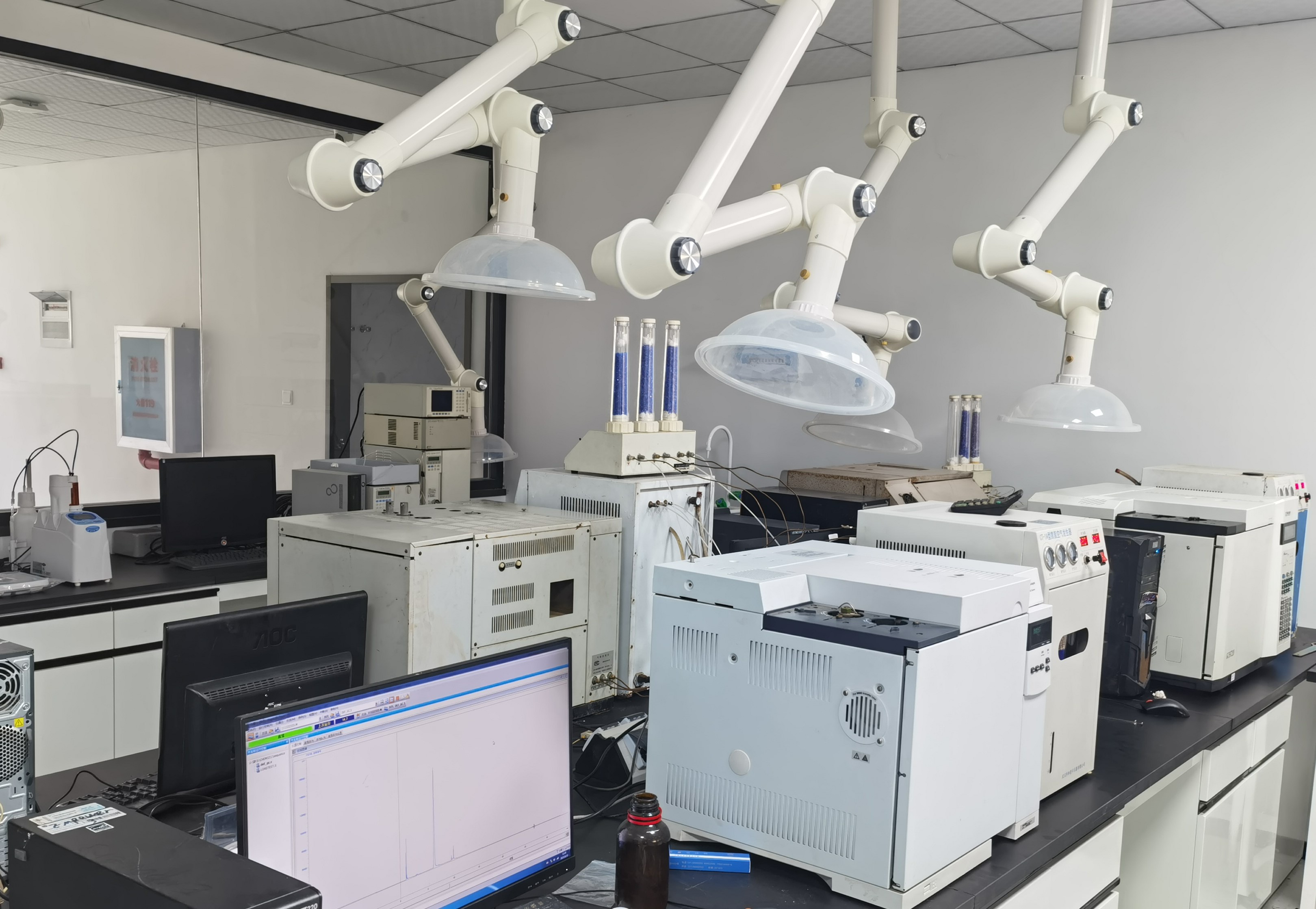
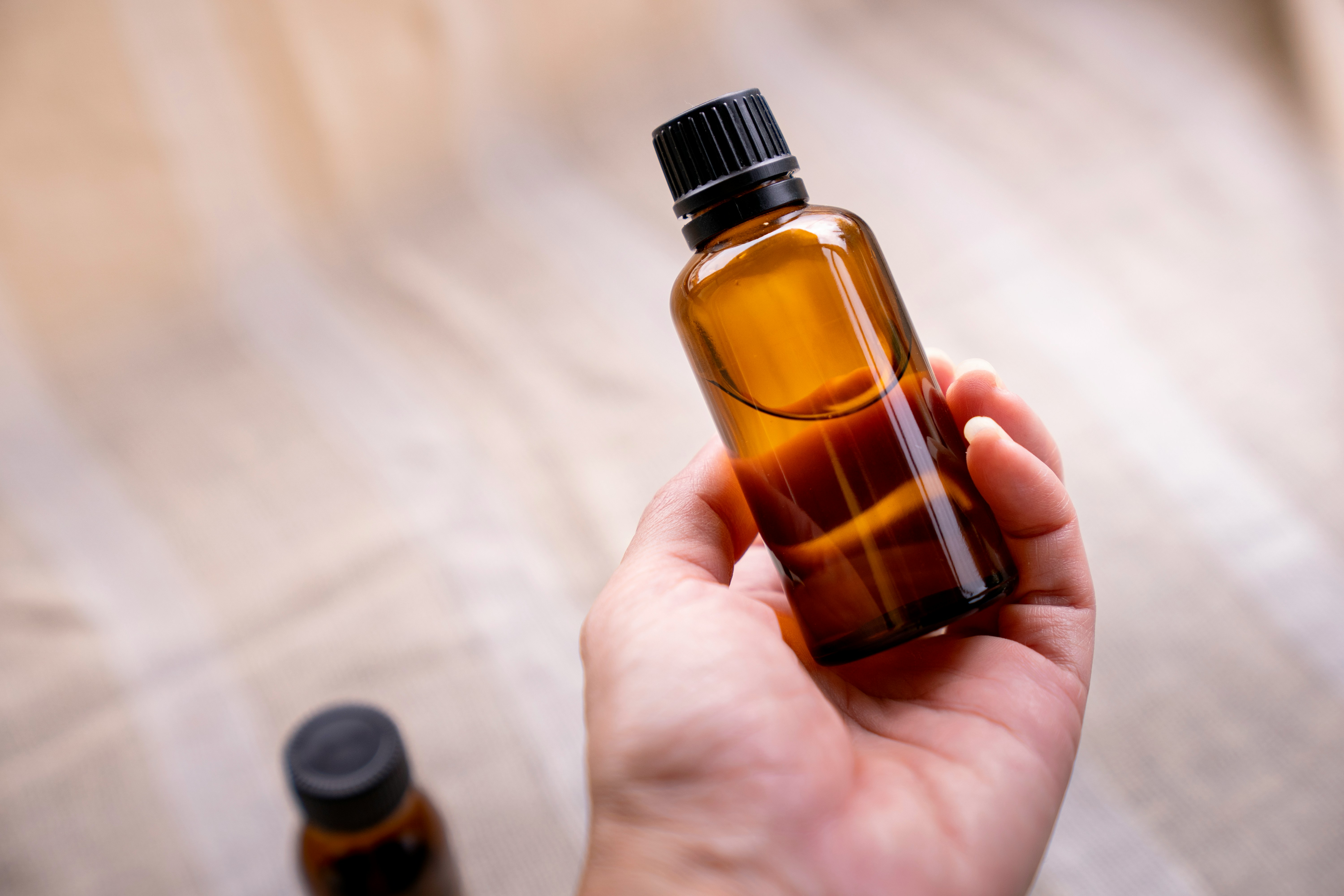
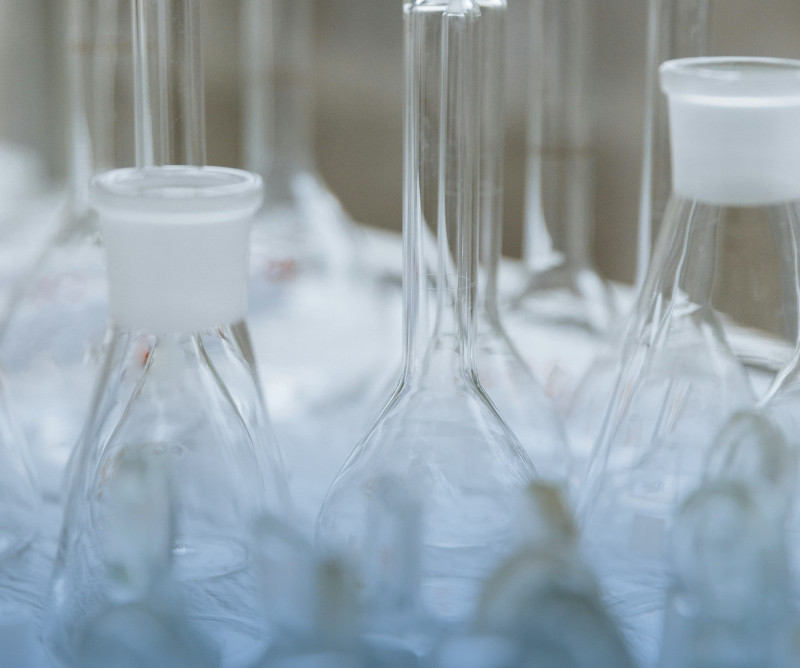

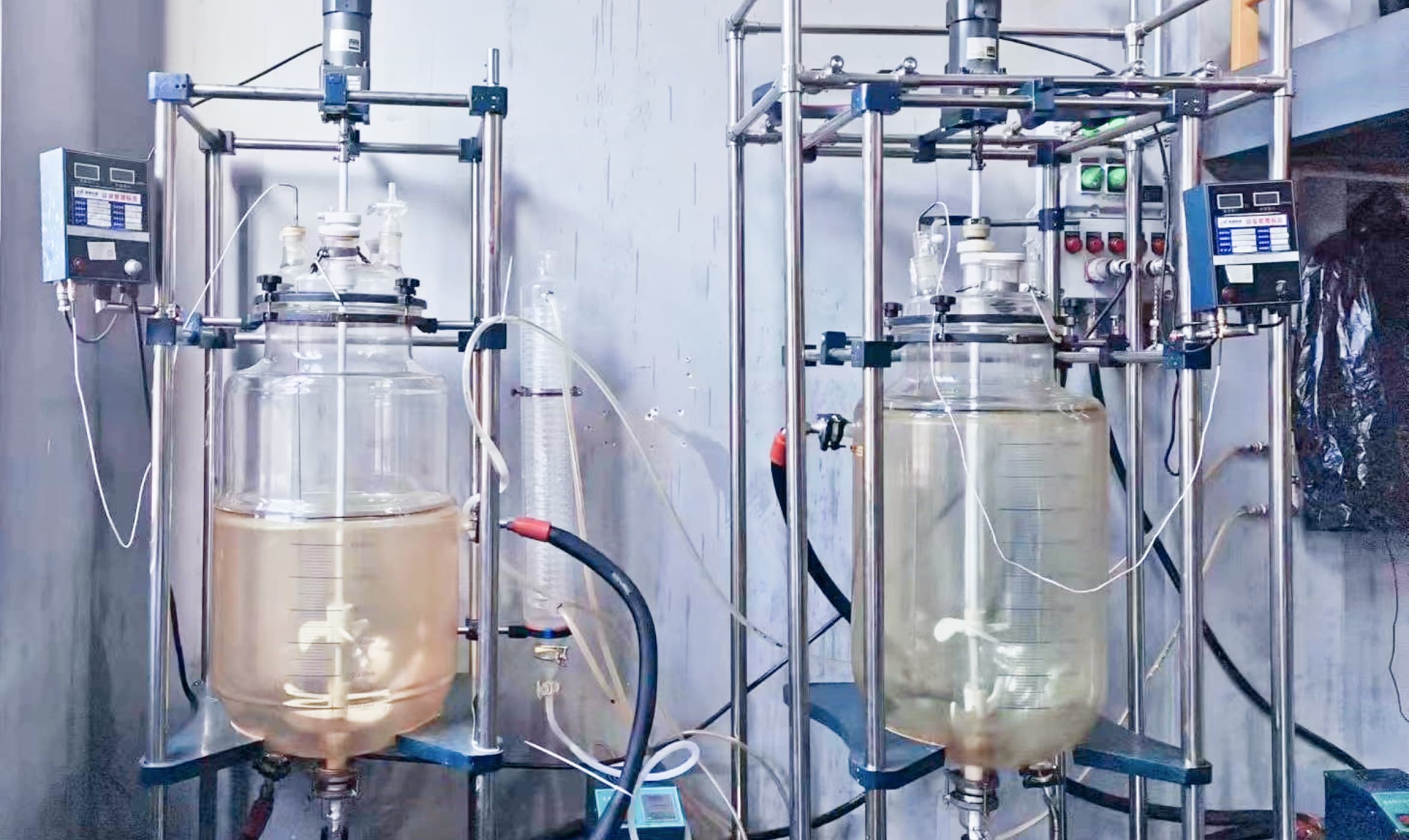
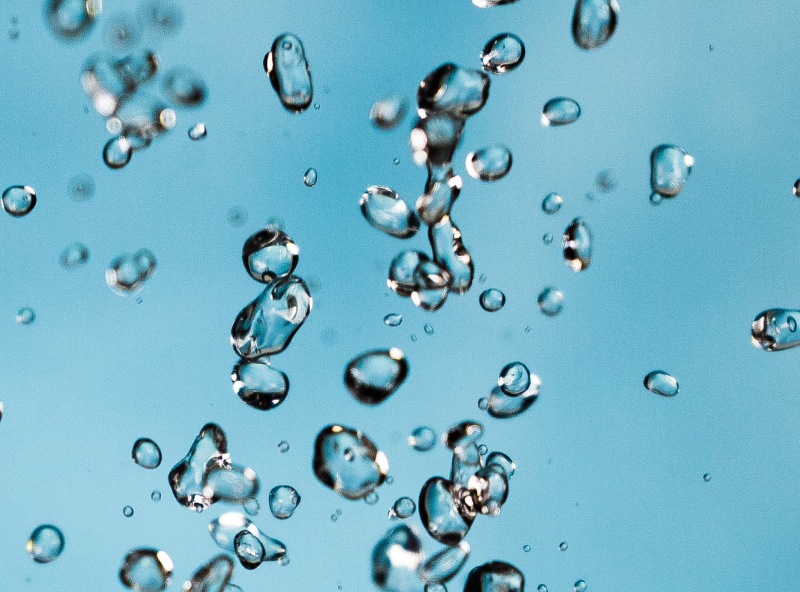
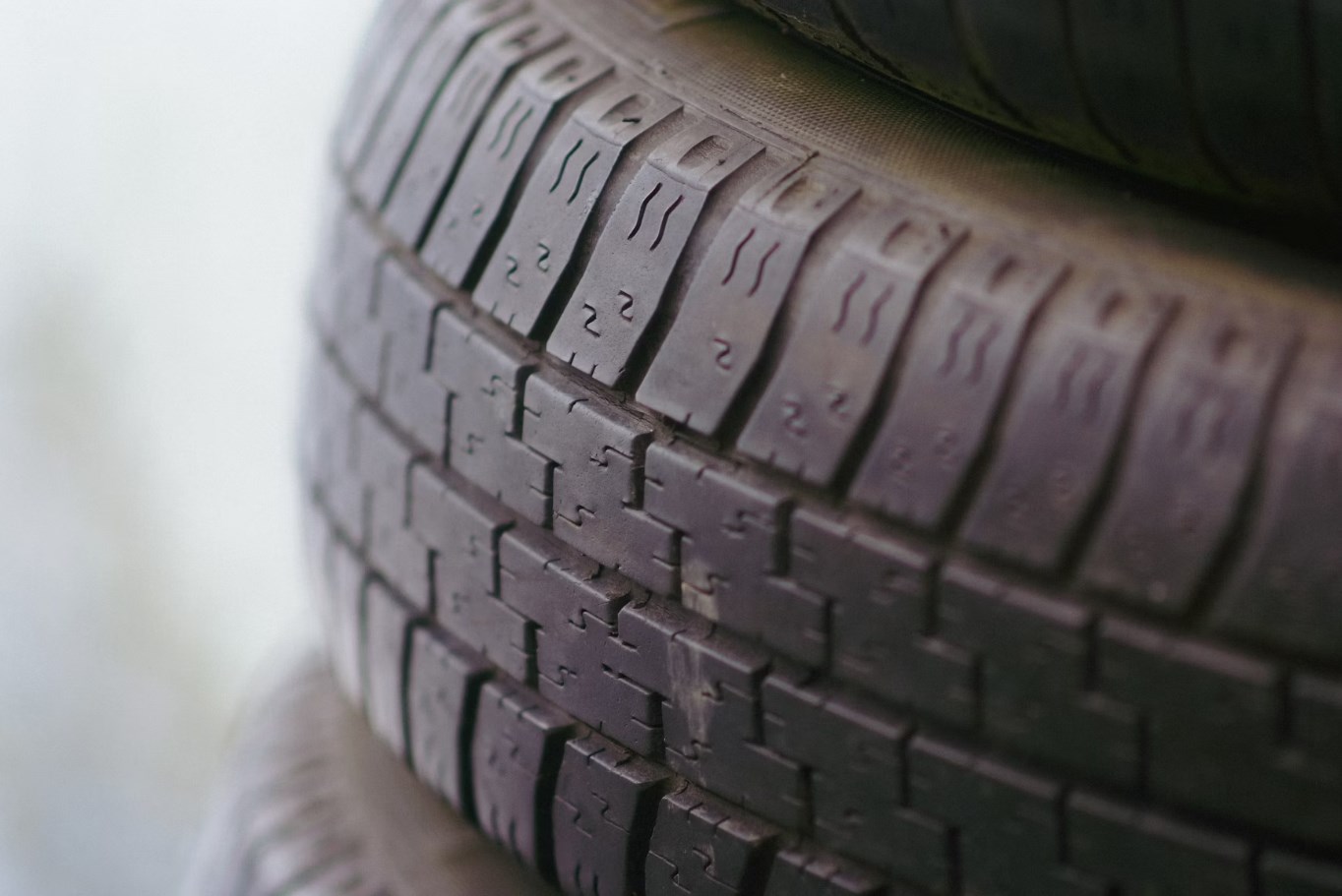

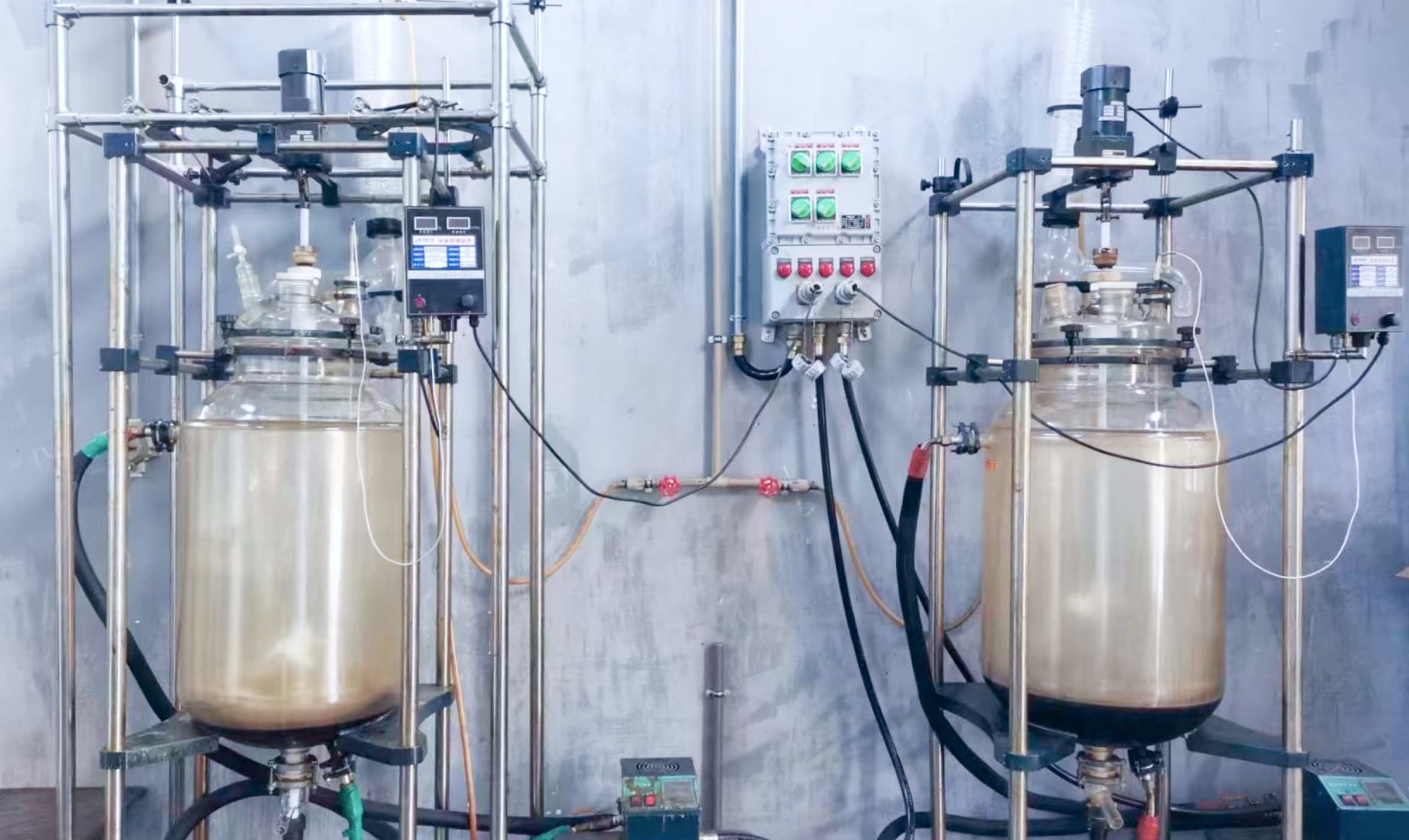
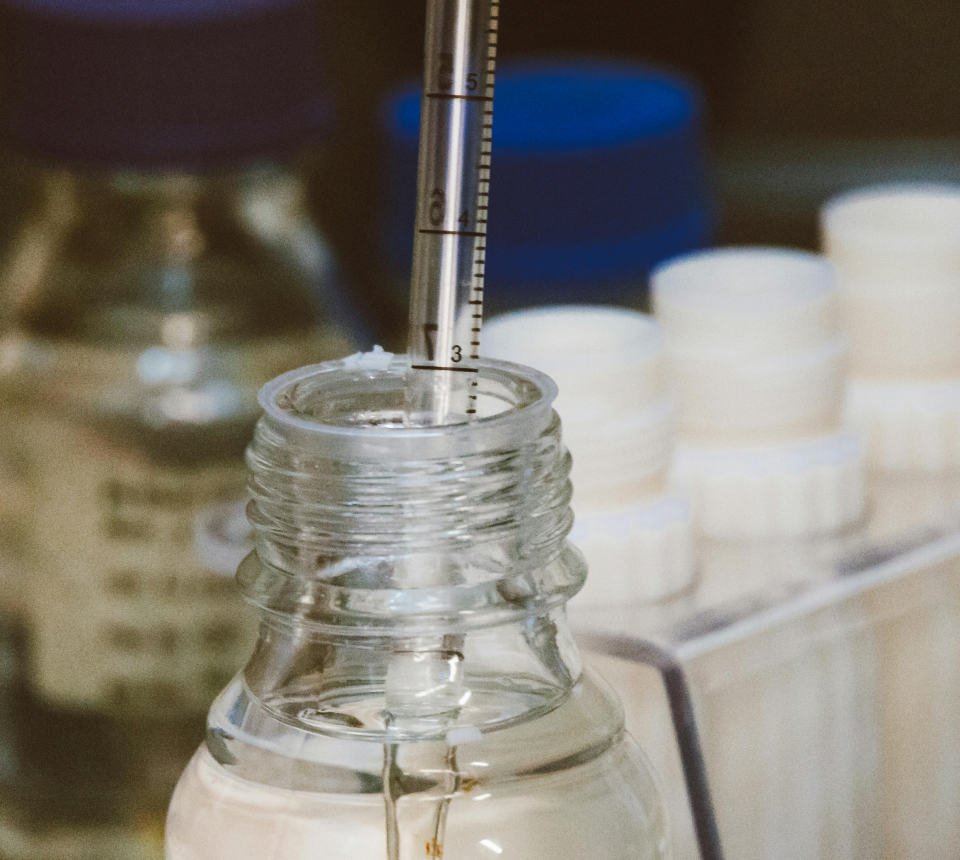


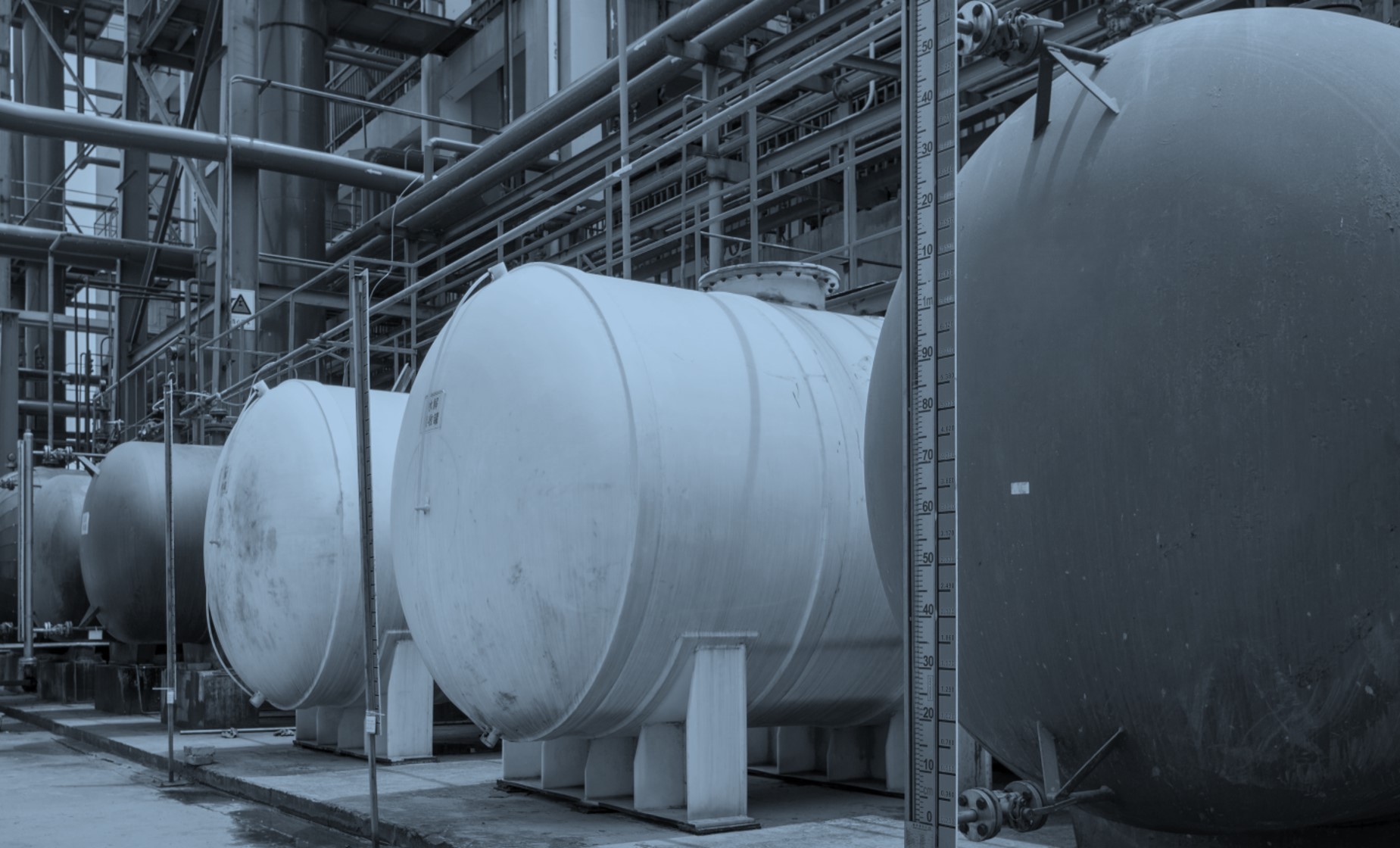


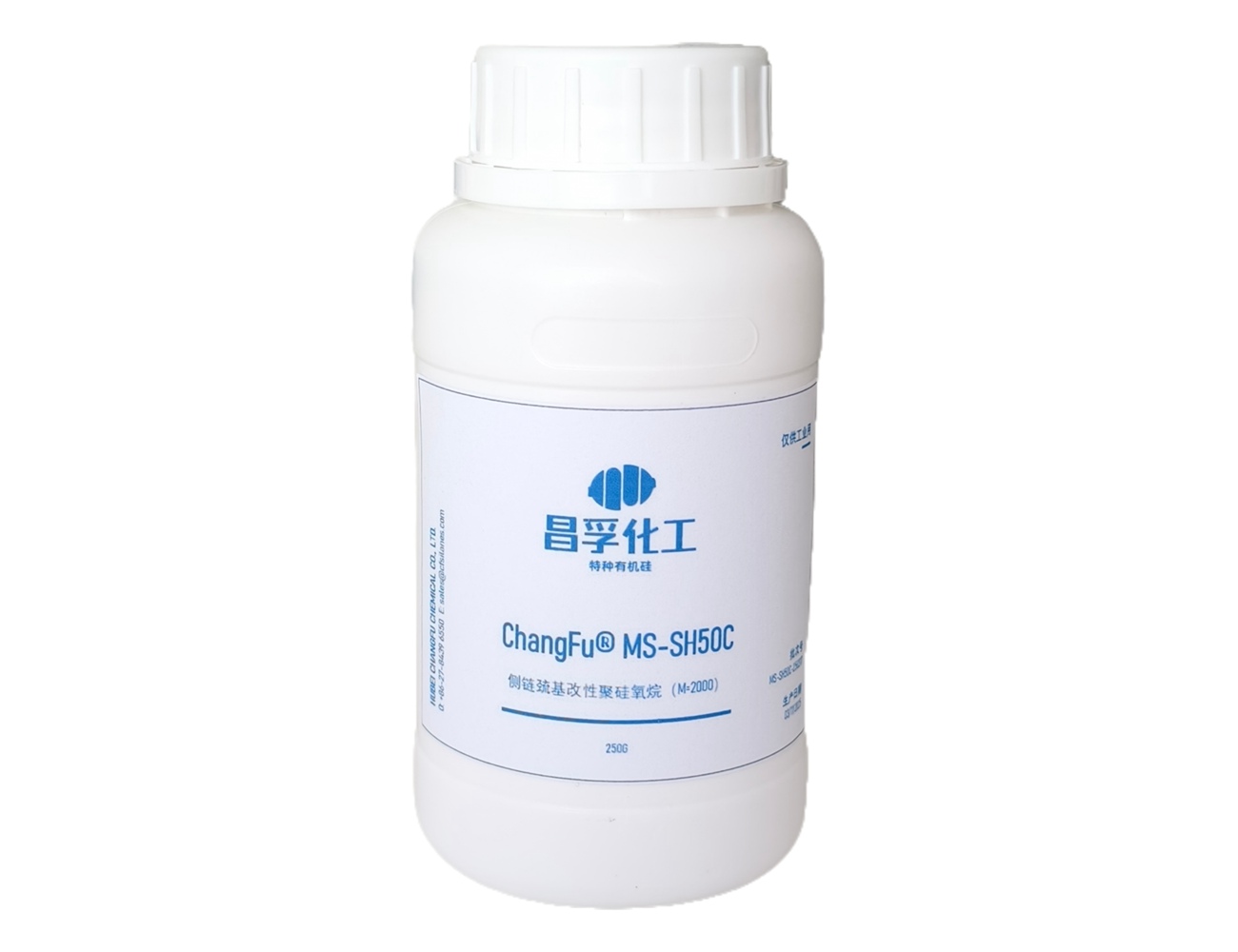


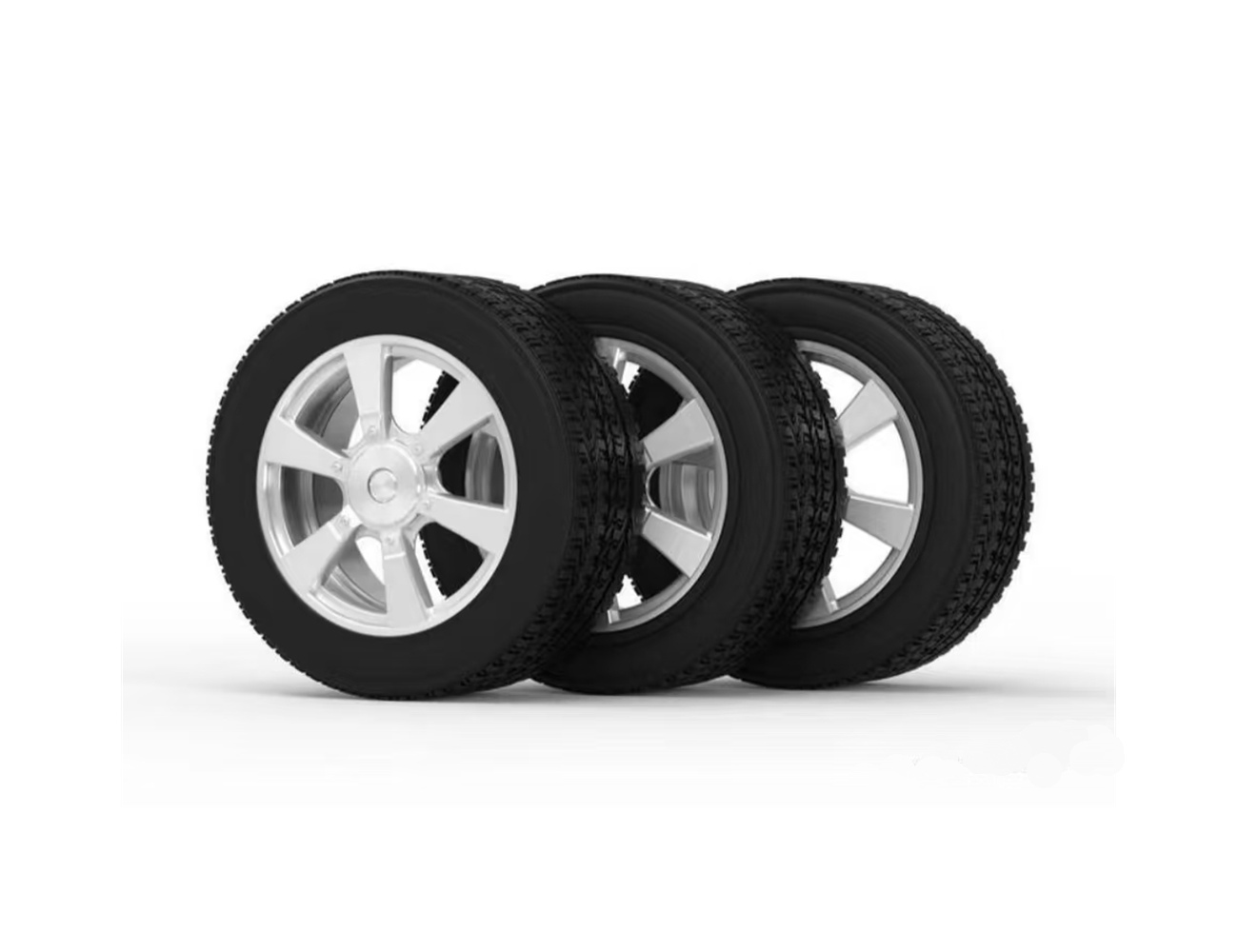
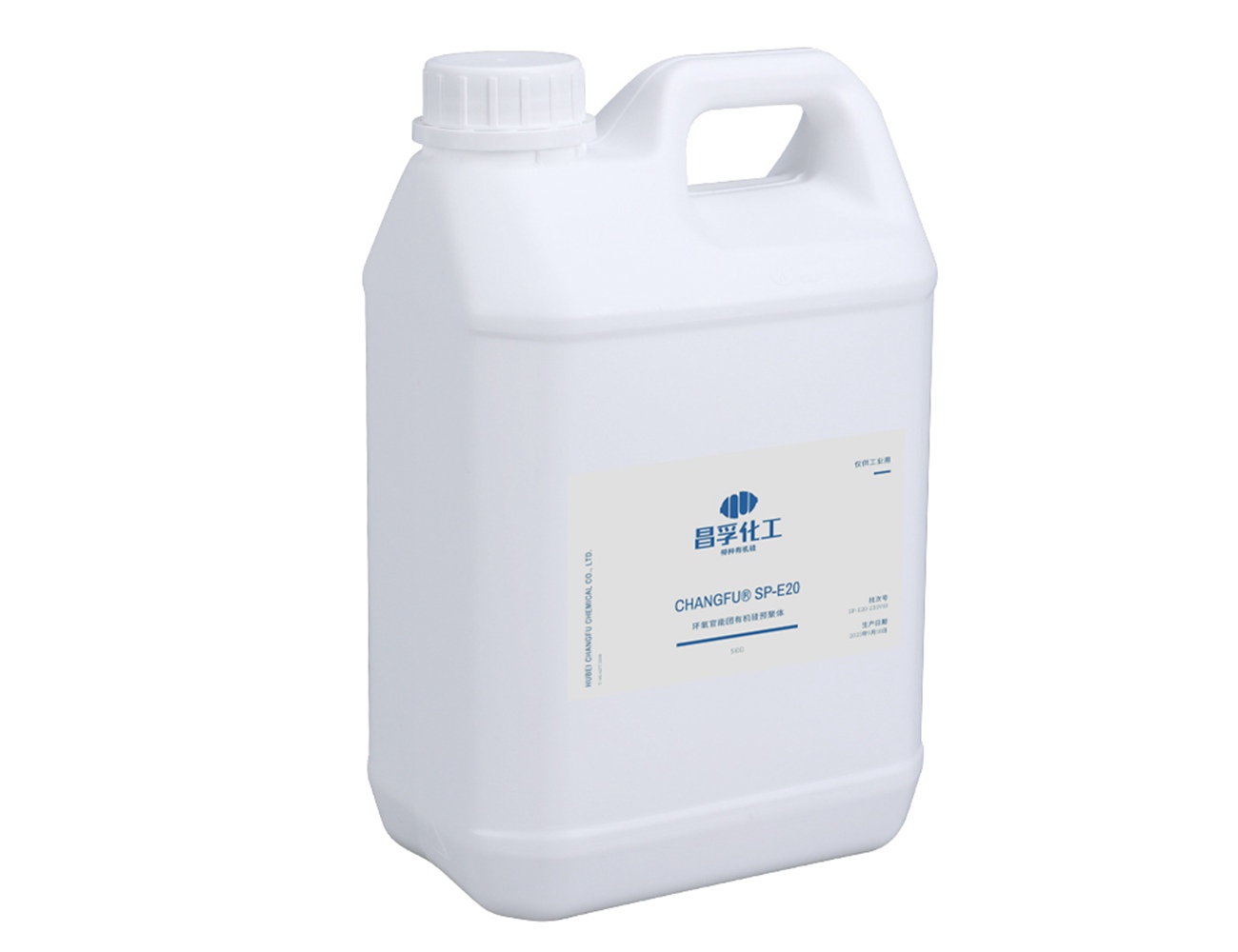
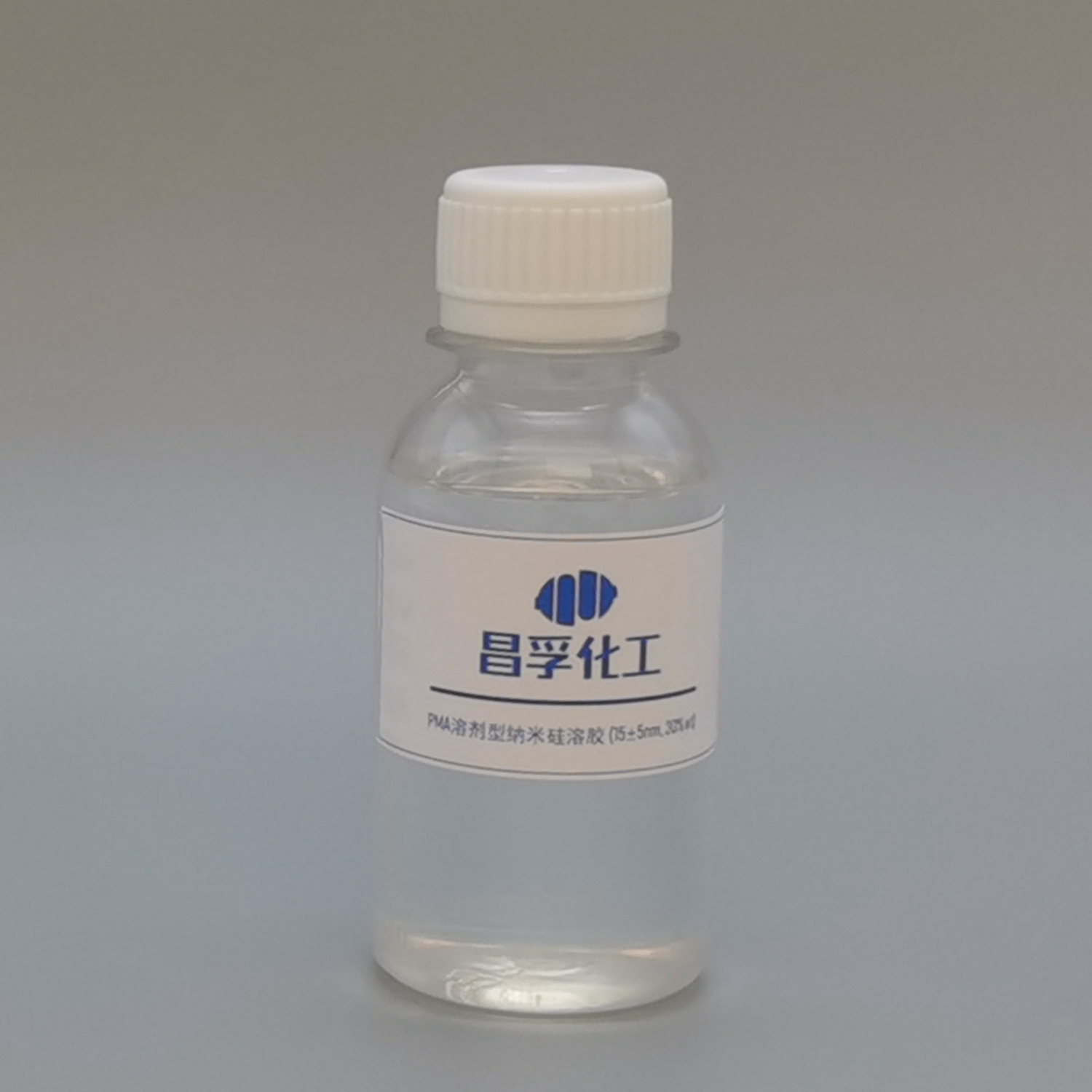
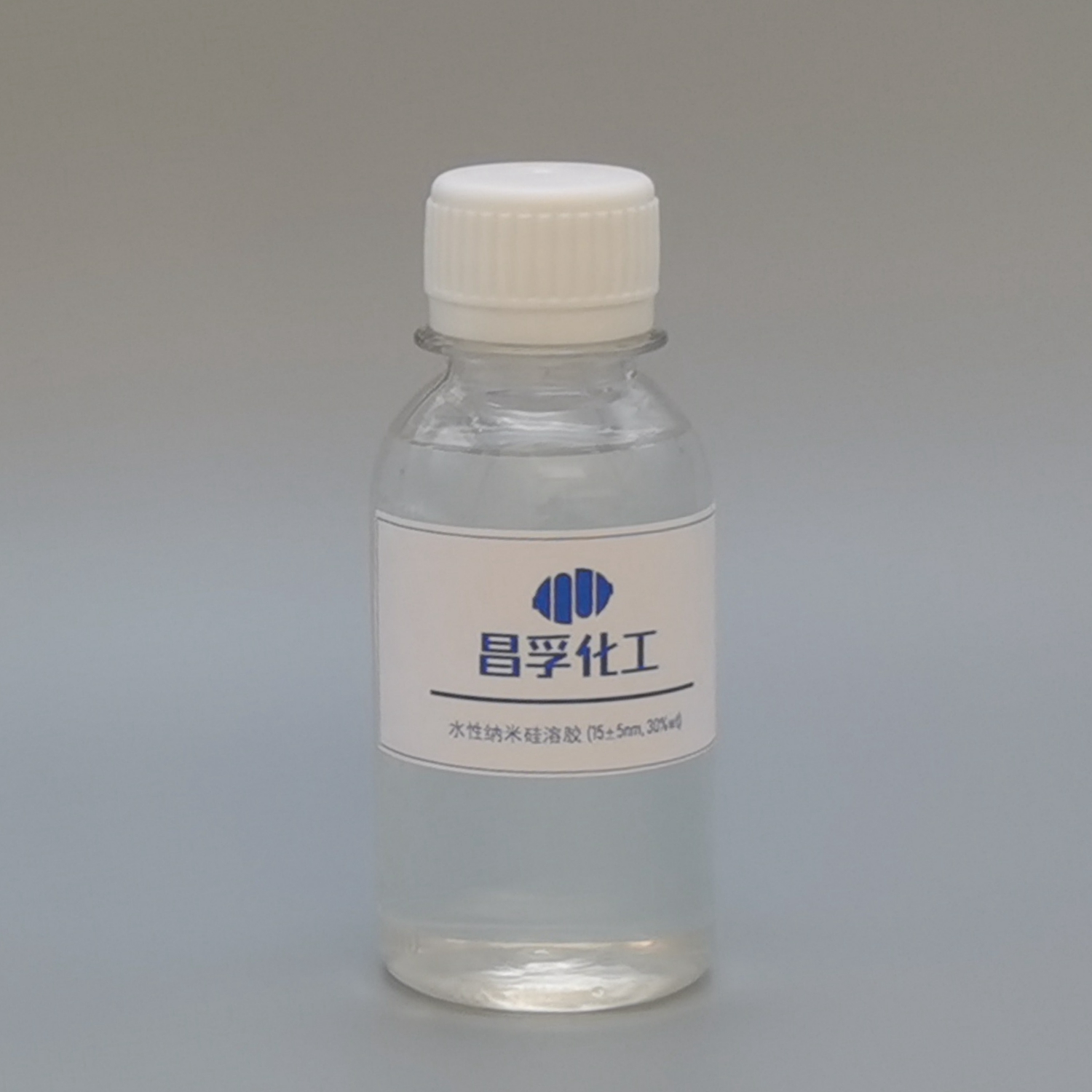

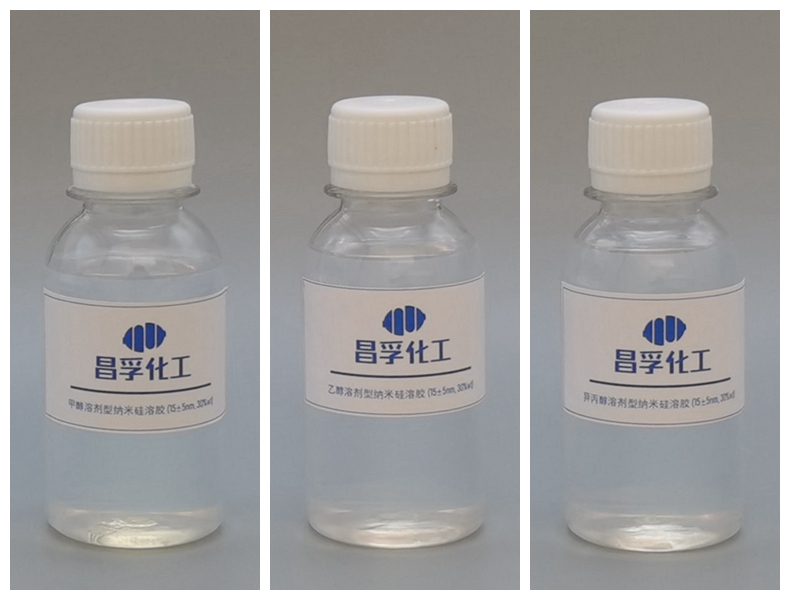
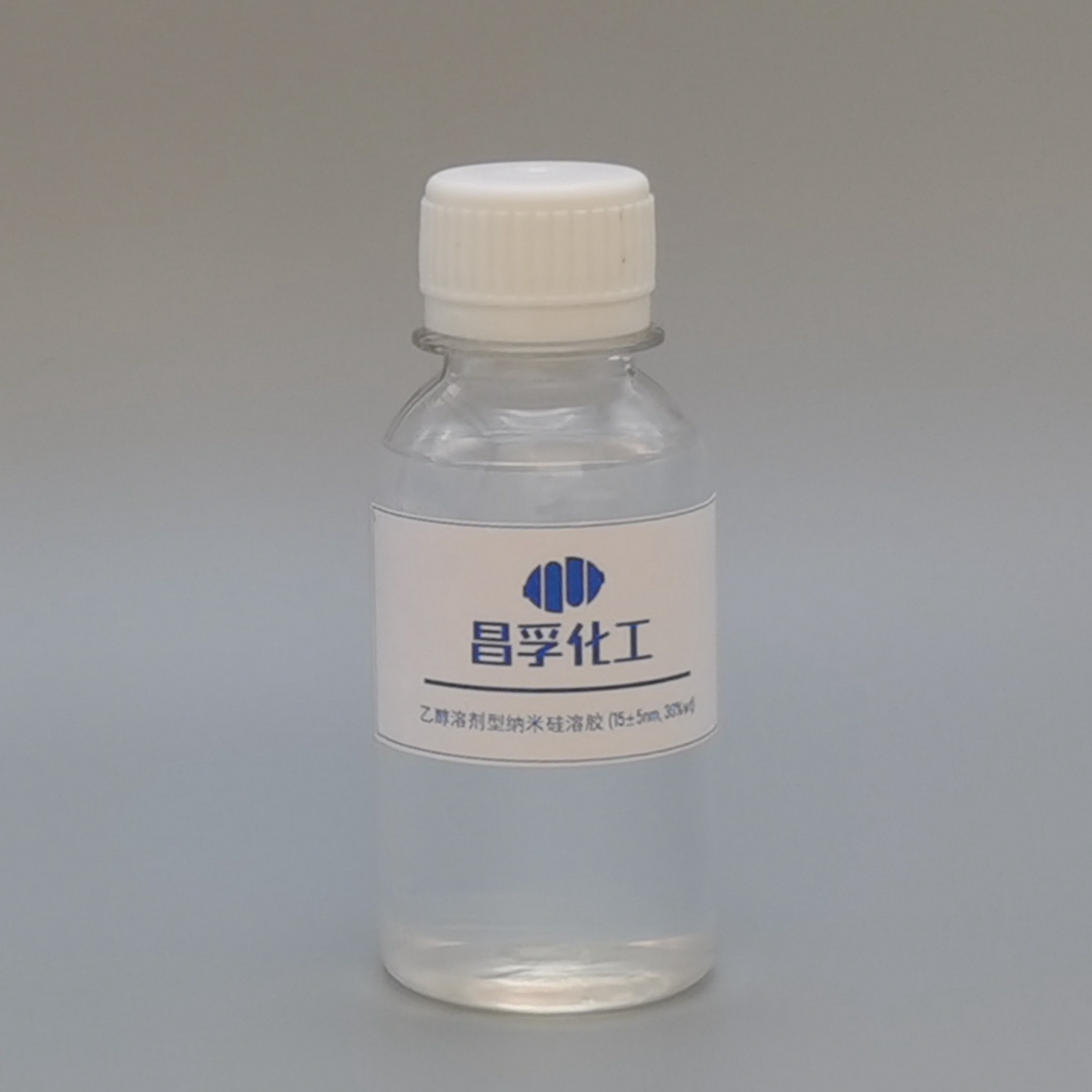
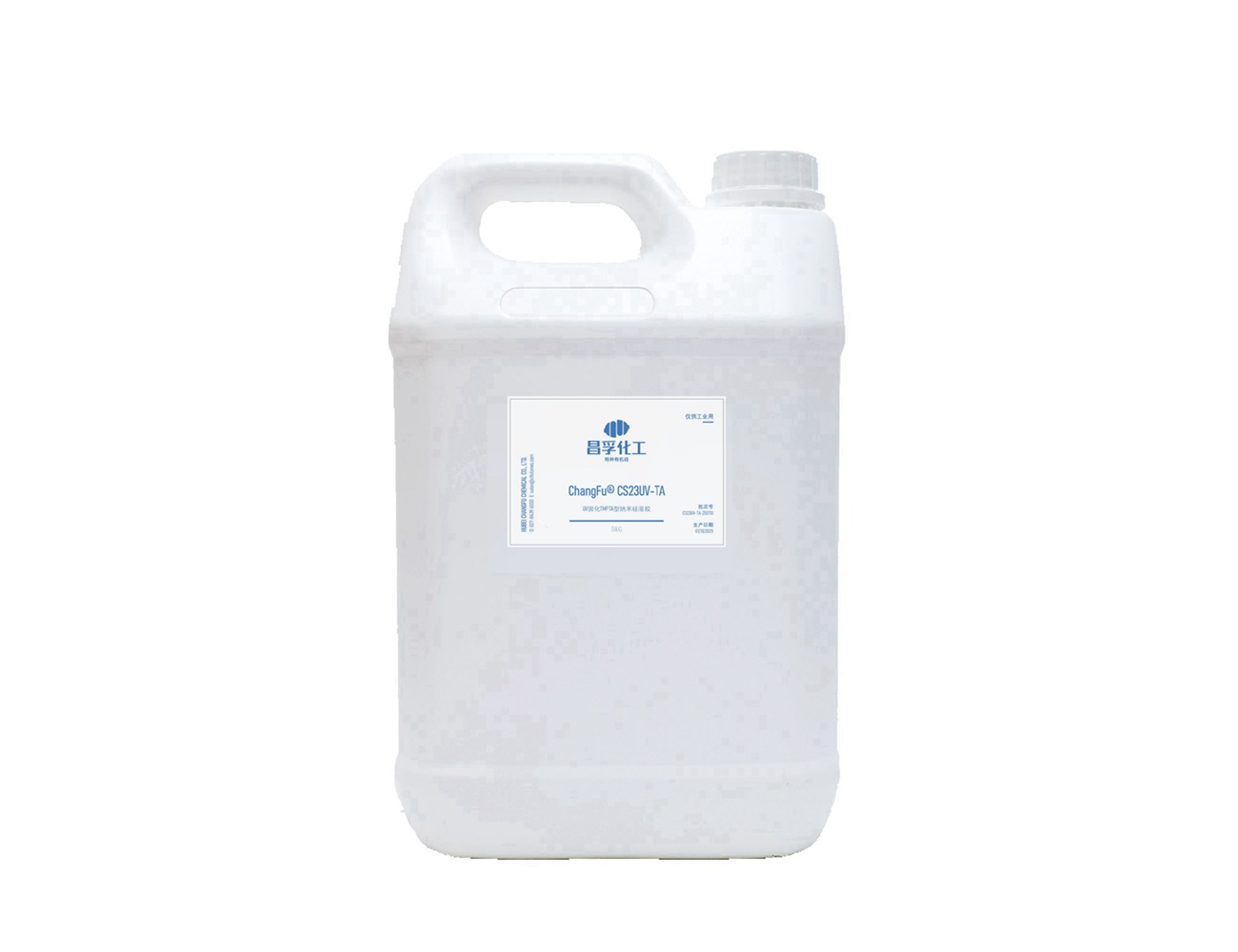
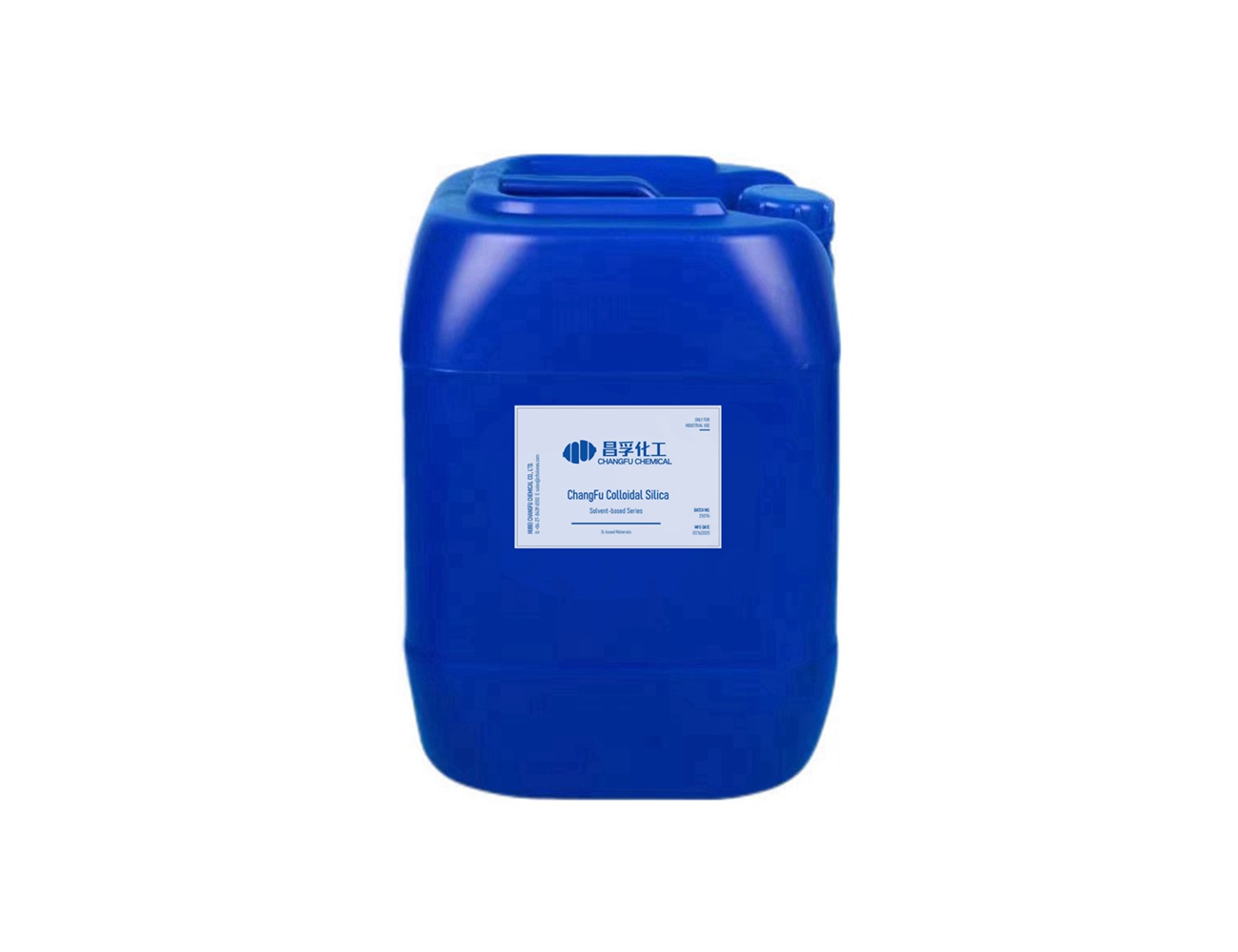


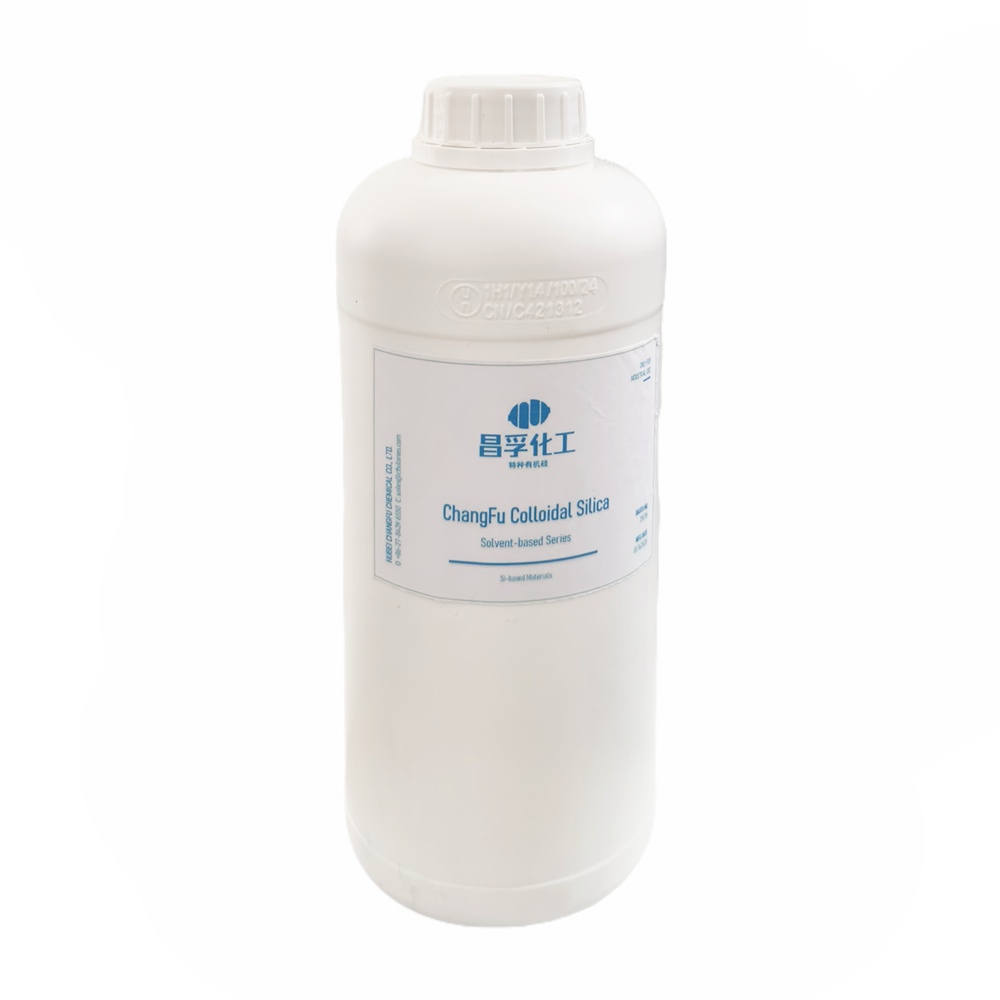


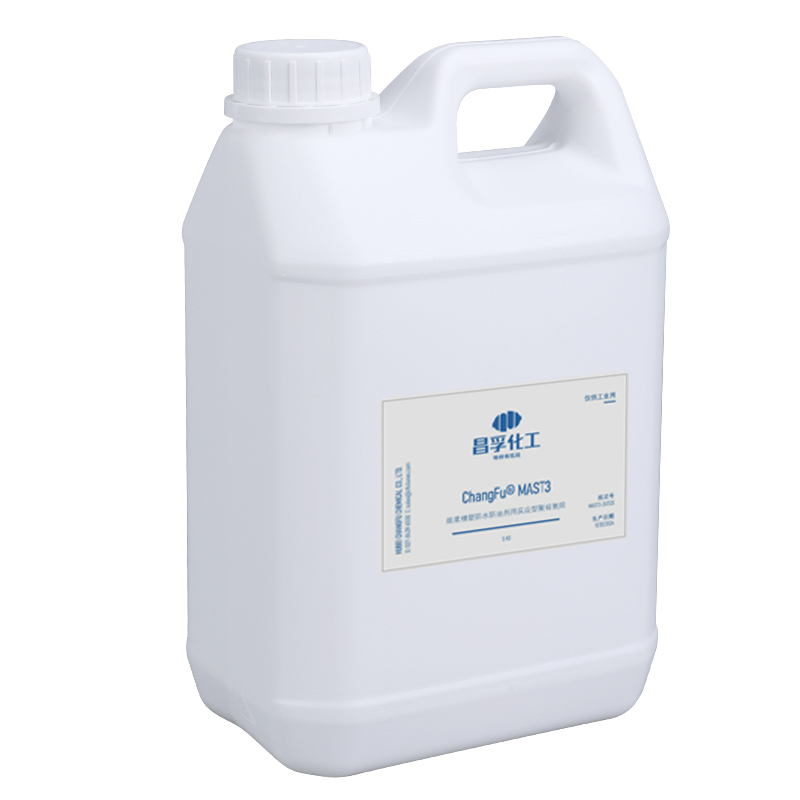












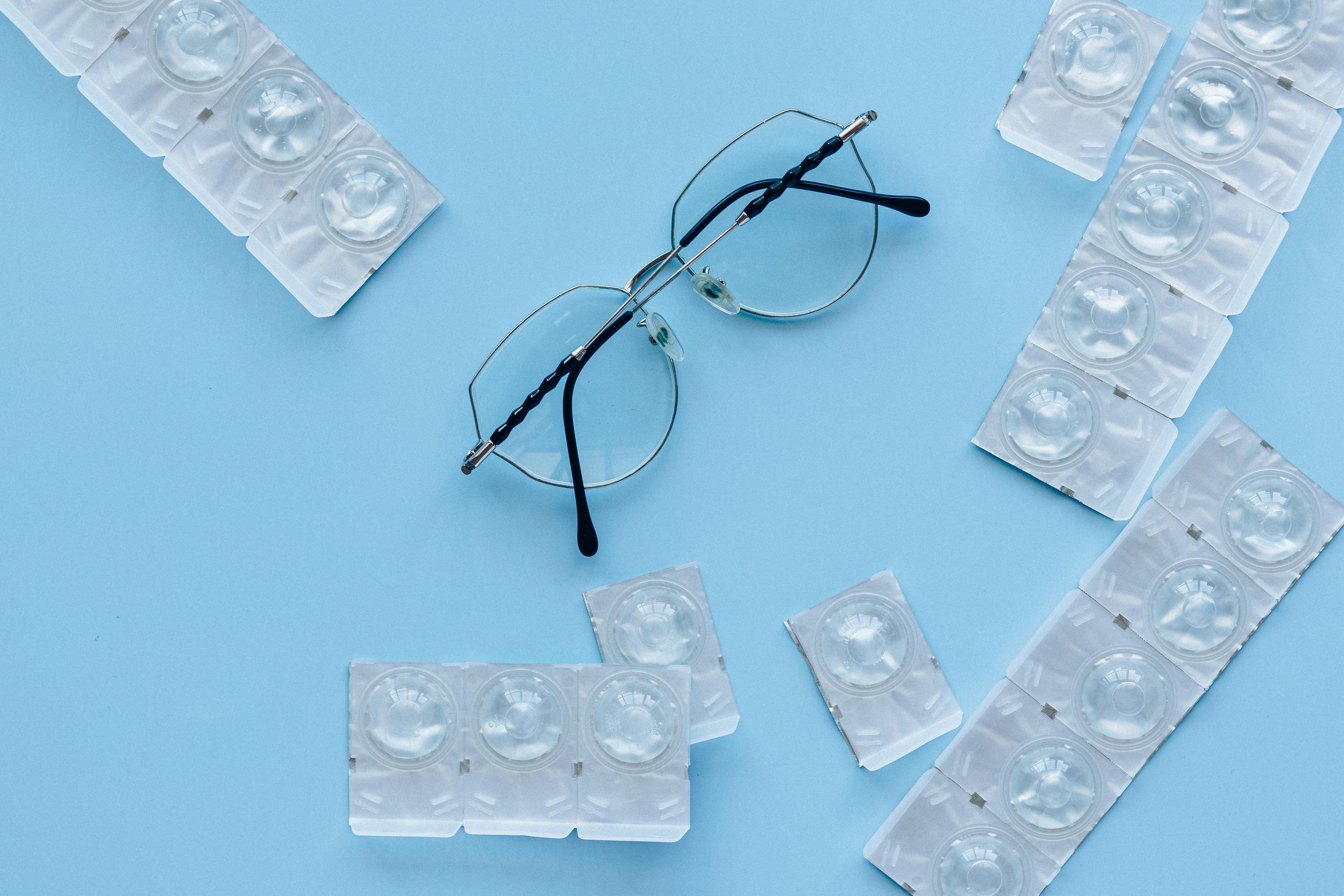
























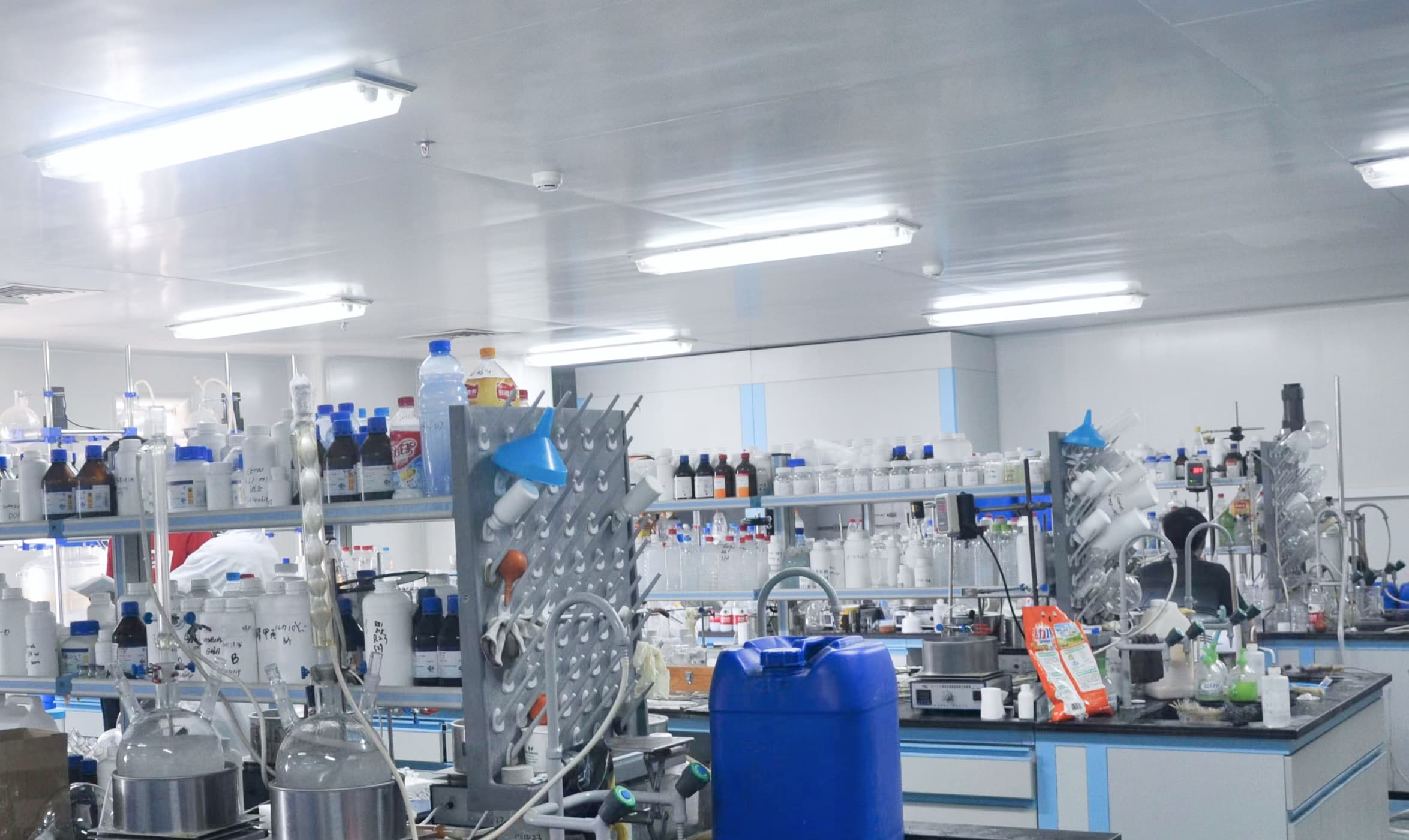

+86 27 8439 6550
+86 181 6277 0058
sales@cfsilanes.com
Optics Valley Bio-City
No. 666, Gaoxin Avenue
Hongshan District, Wuhan City

+86 27 8439 6550 | +86 181 6277 0058
sales@cfsilanes.com
Optics Valley Bio-City
No. 666, Gaoxin Avenue
Hongshan District, Wuhan City
Copyright © Hubei ChangFu Chemical Co., Ltd. All Rights




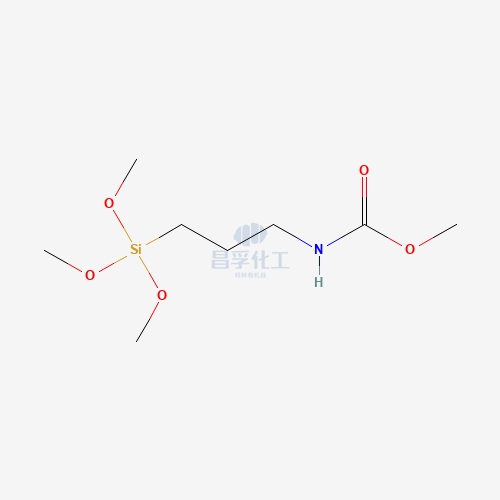
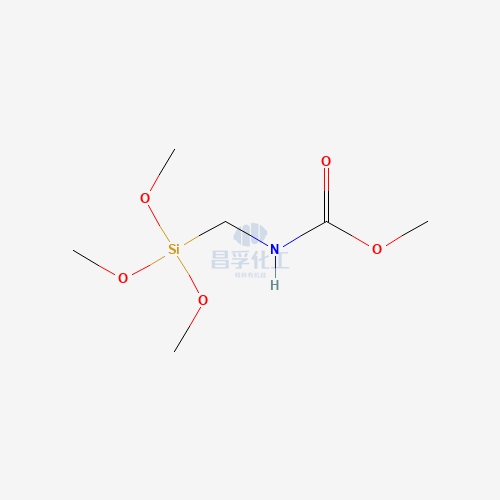
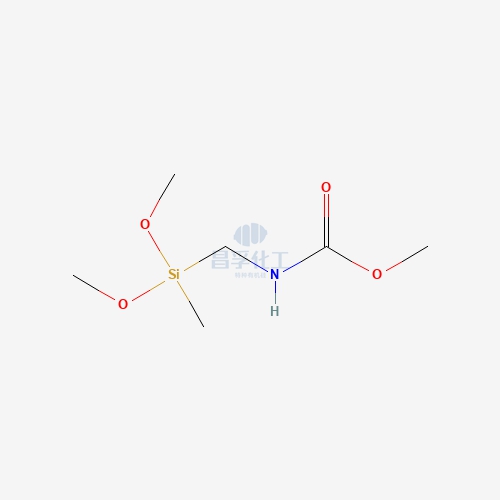
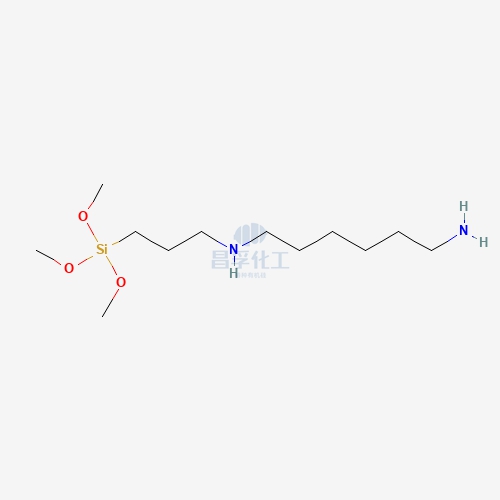
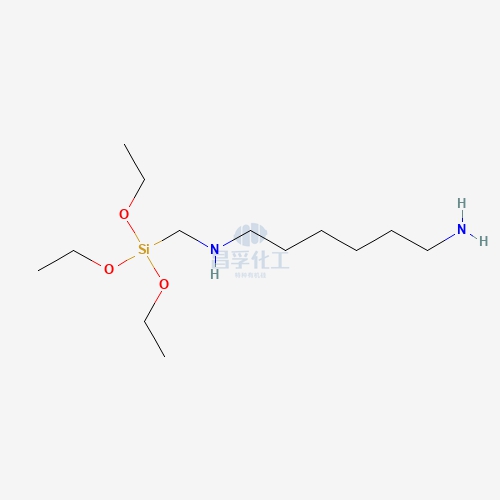
![N-[5-(Trimethoxysilylpropyl)-2-aza-1-oxopentyl]caprolactam CAS: 106996-32-1 106996 32 1 N-[5-(Trimethoxysilylpropyl)-2-aza-1-oxopentyl]caprolactam CAS: 106996-32-1 106996 32 1](https://cdn.yofishseo.com/1363882761272232/106996-32-1.jpg)
